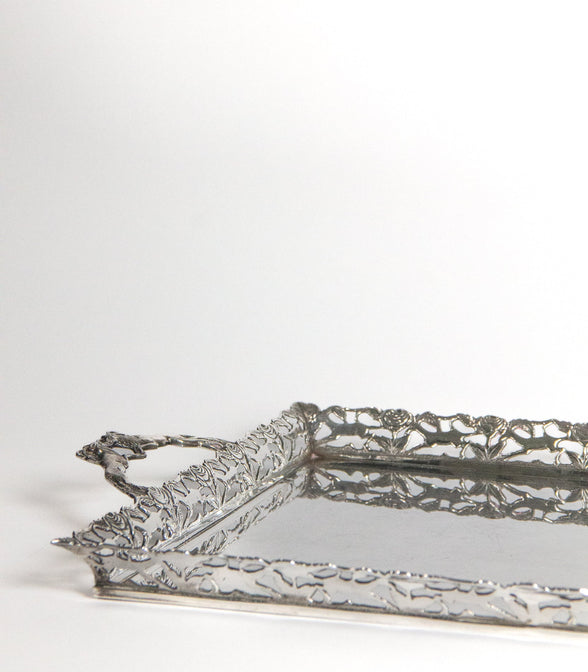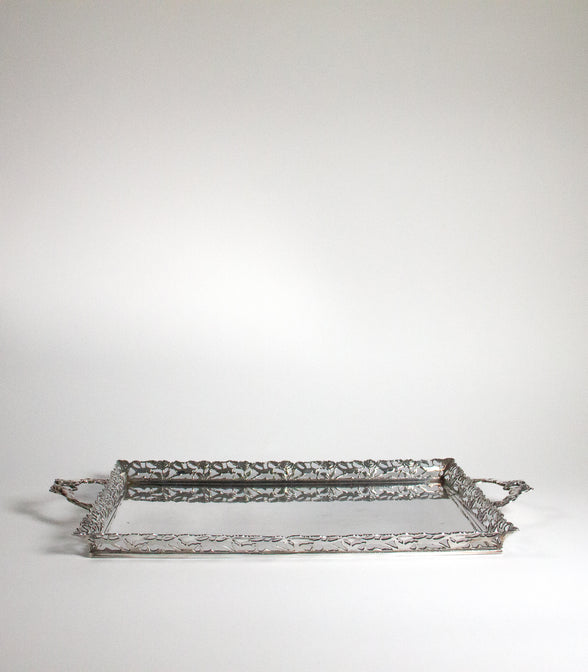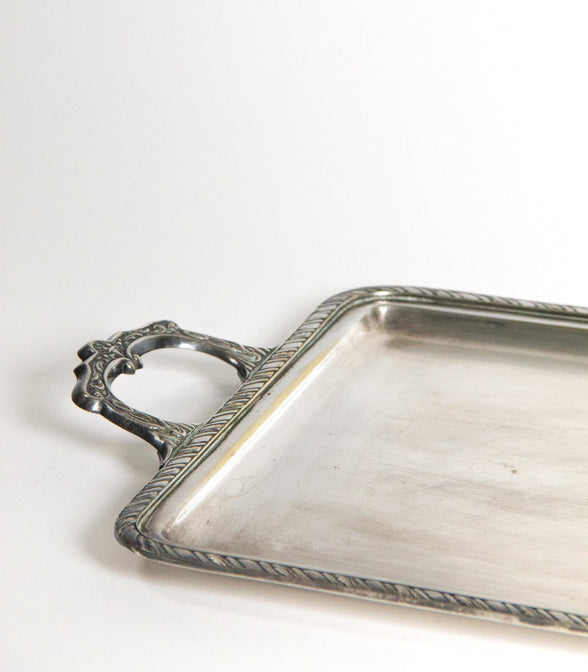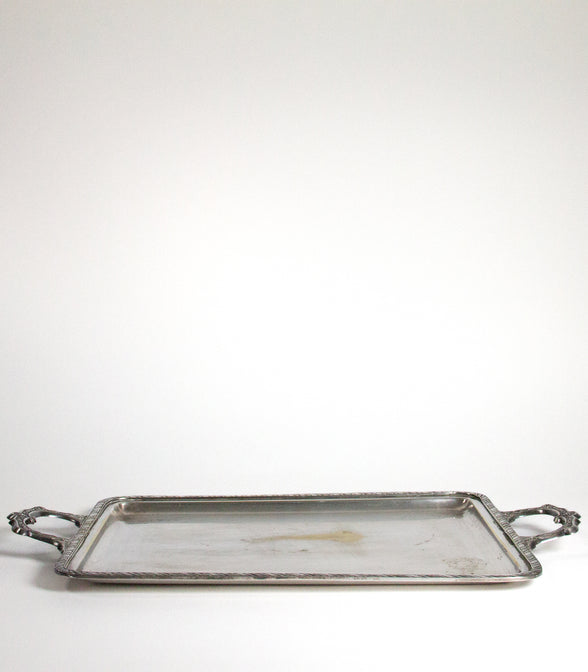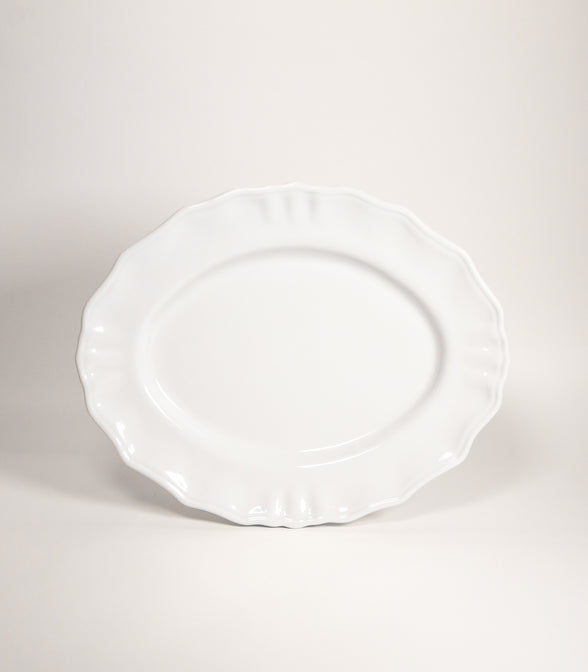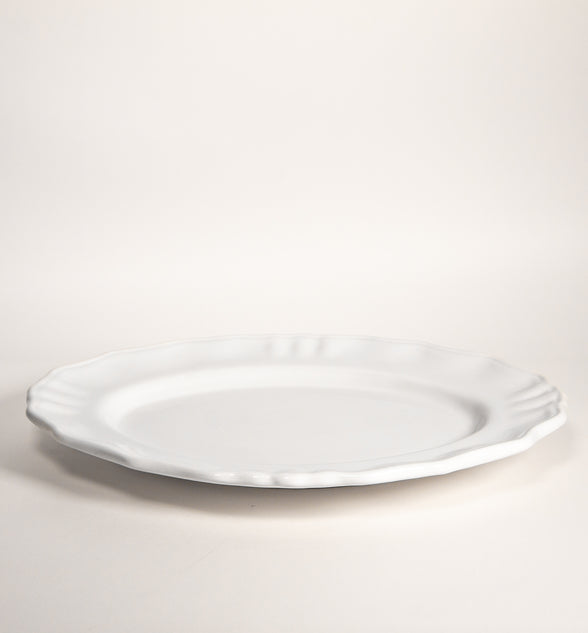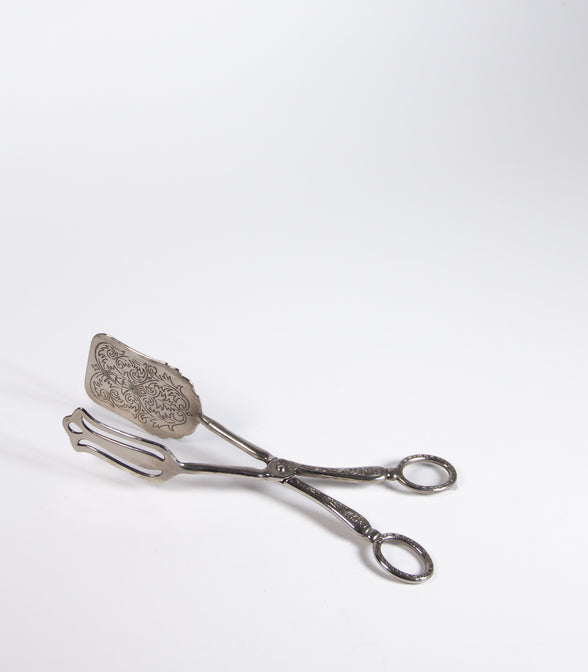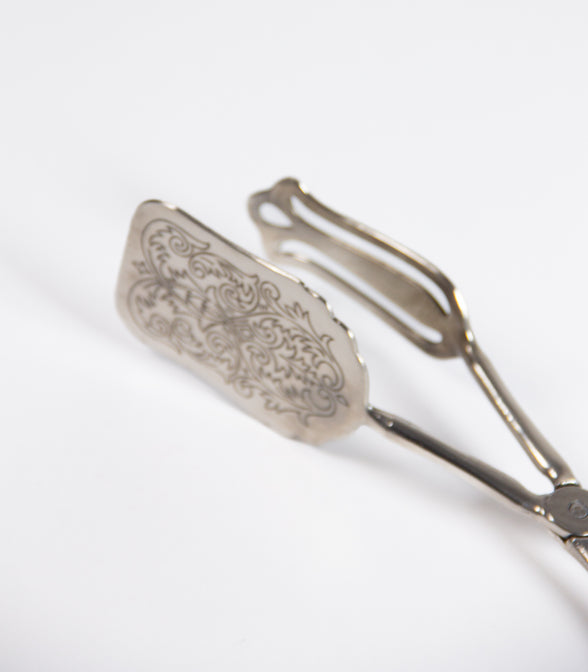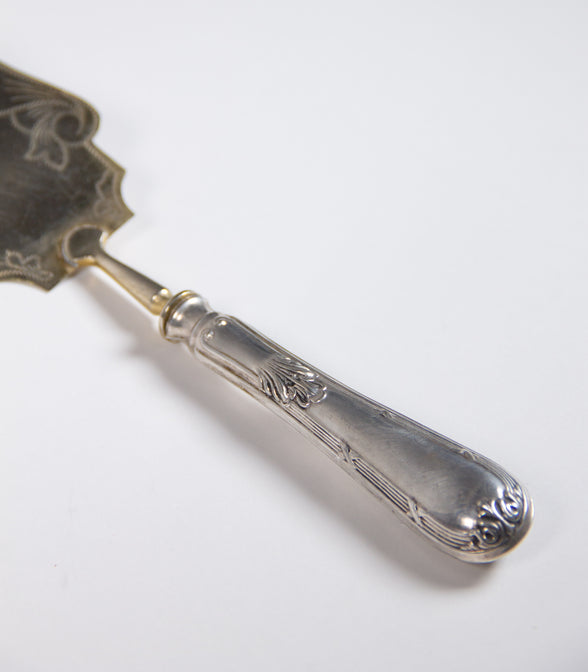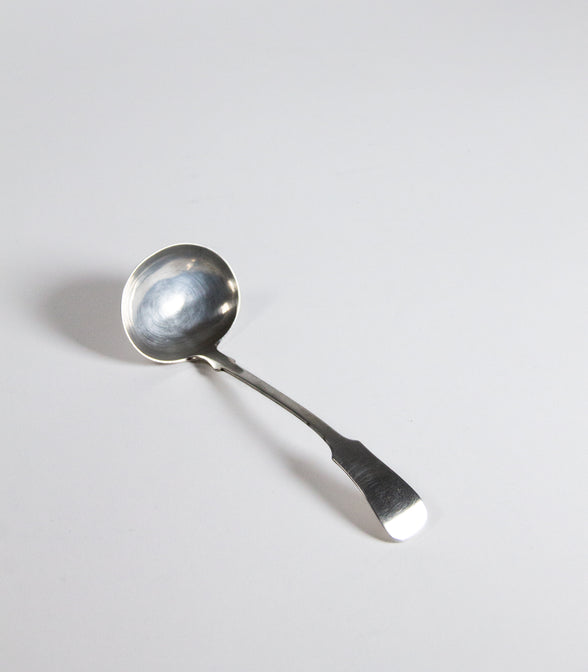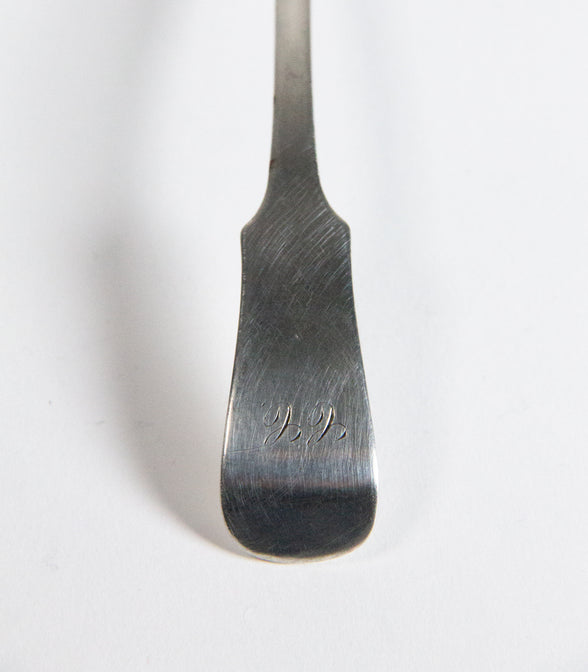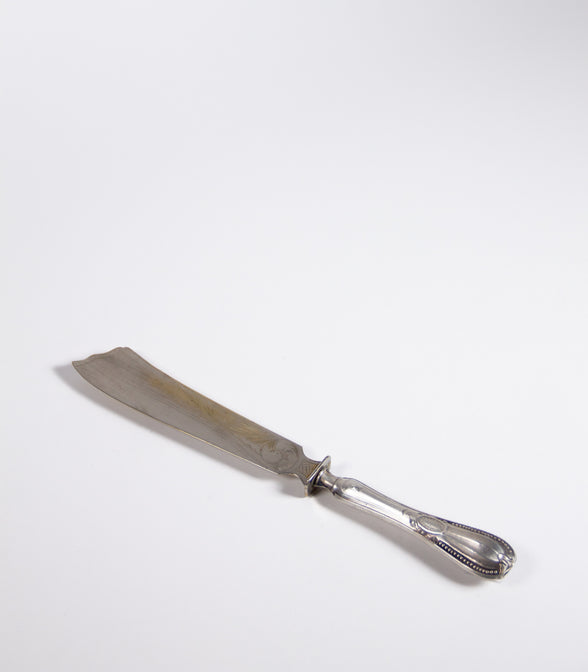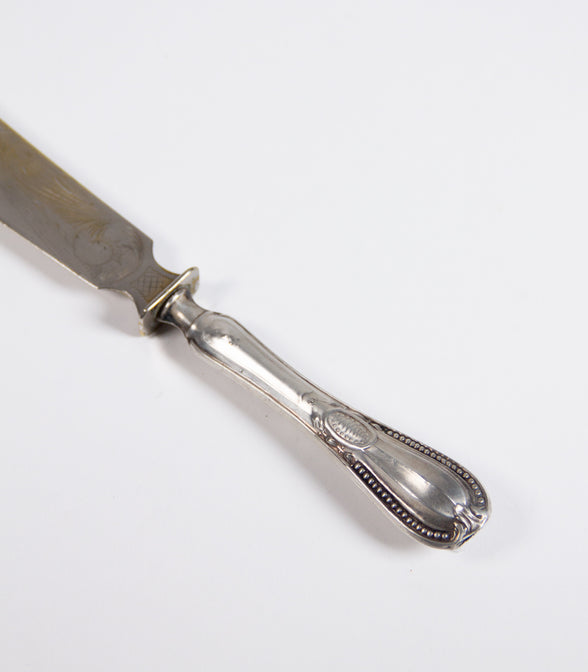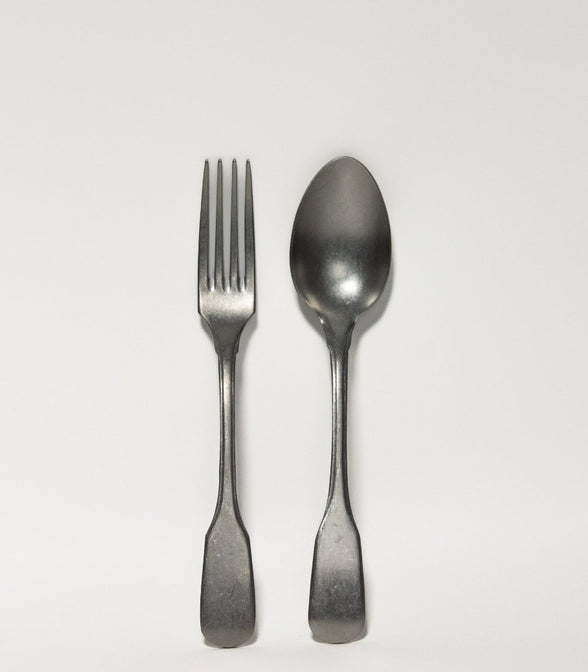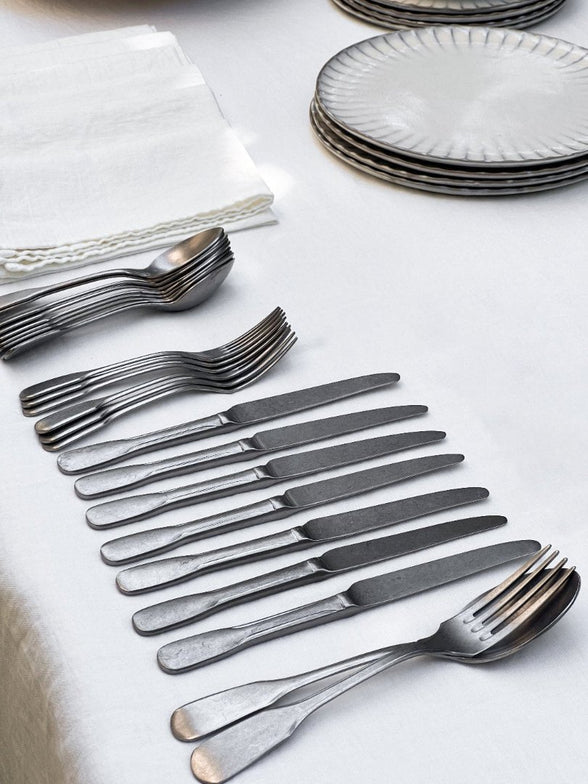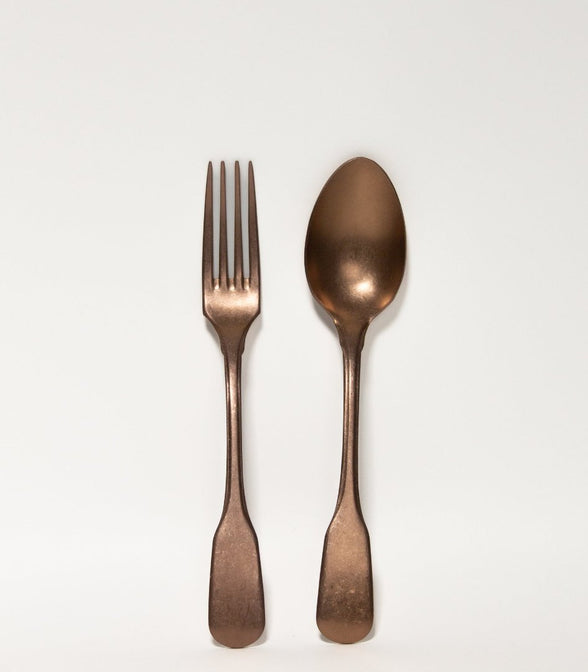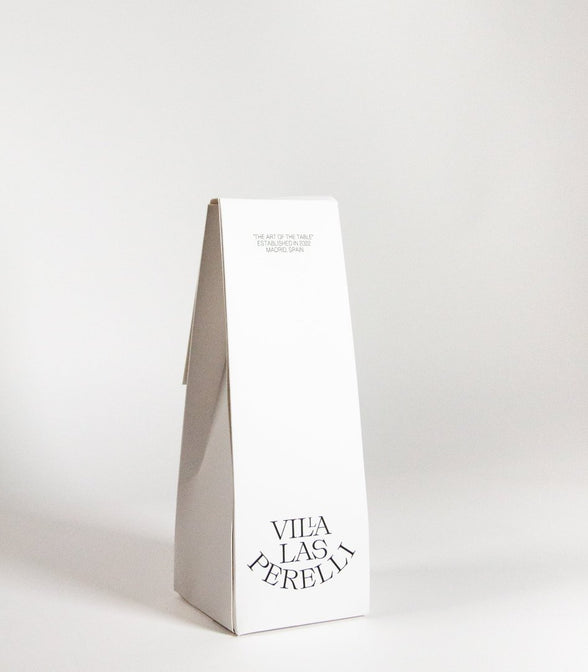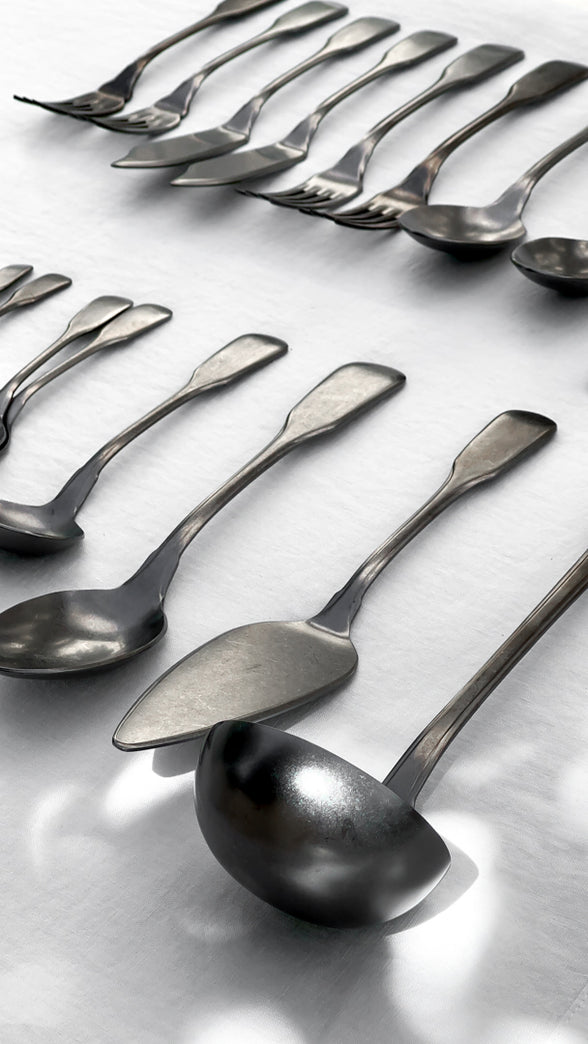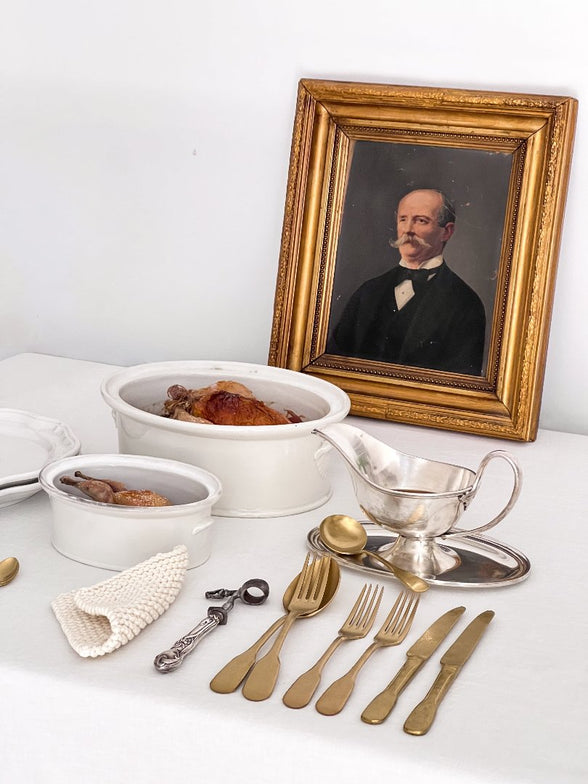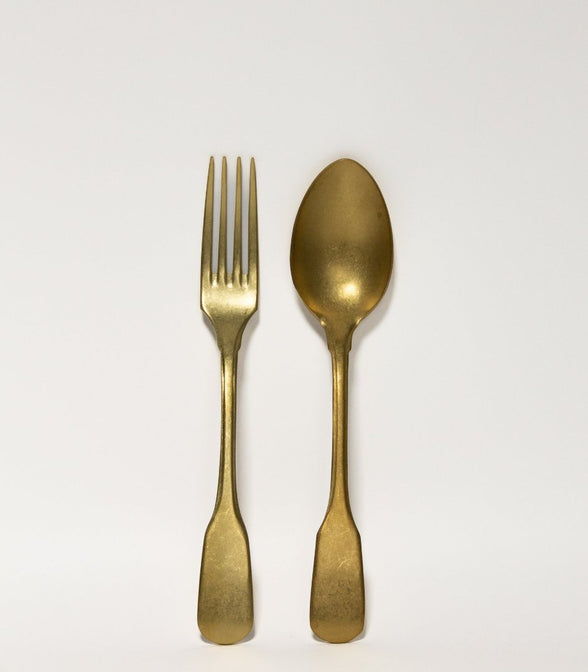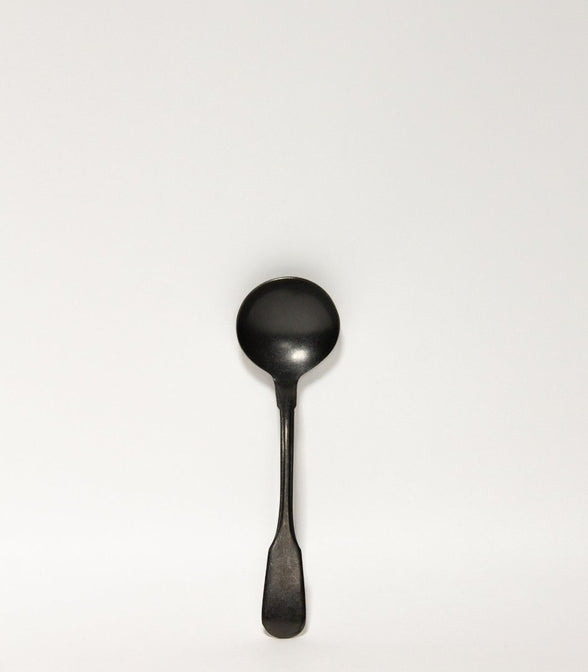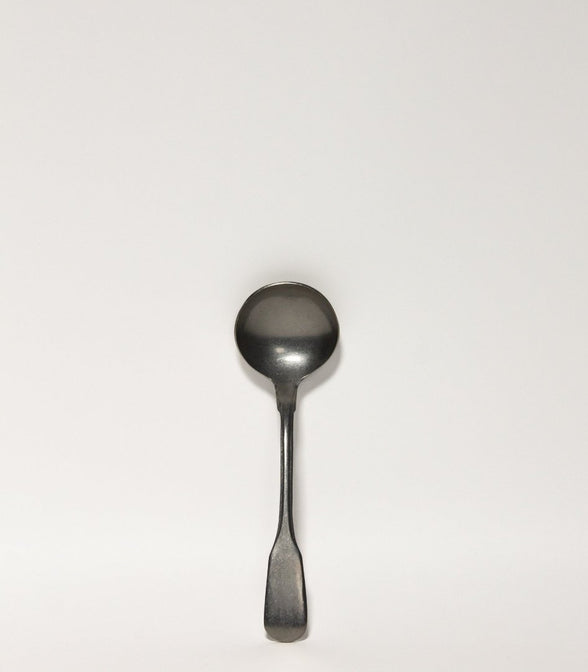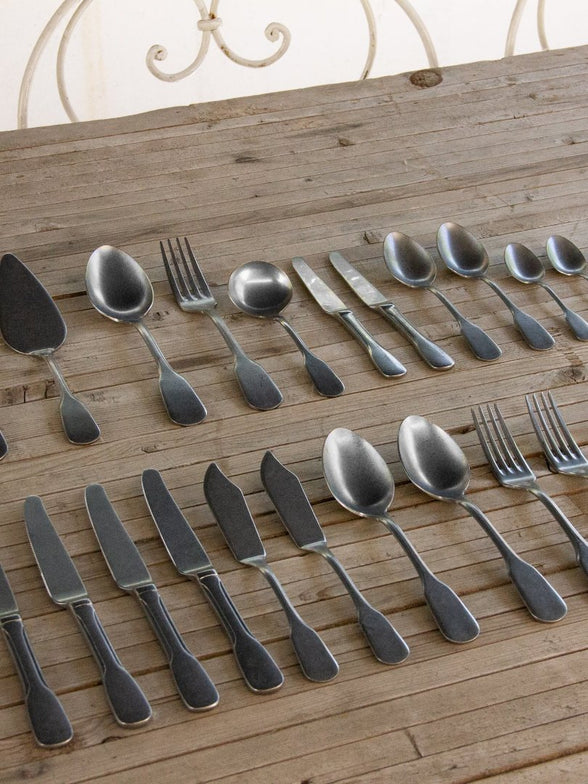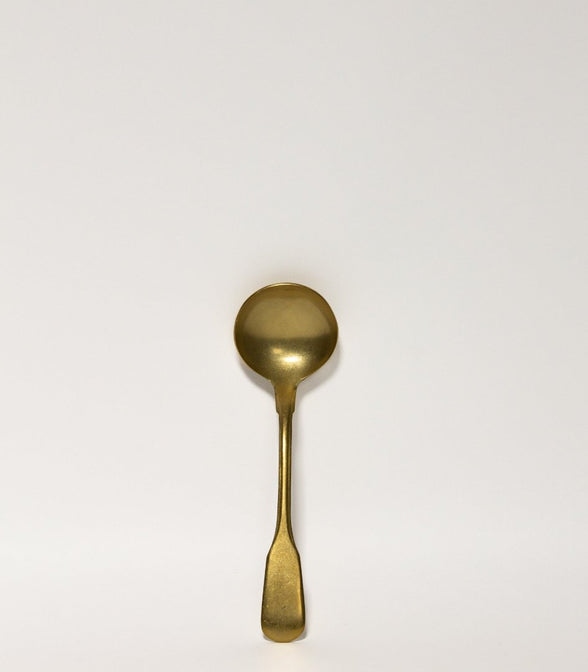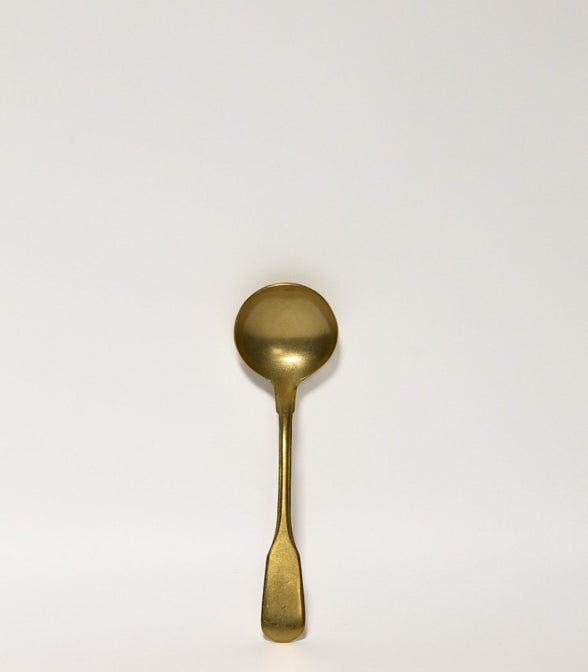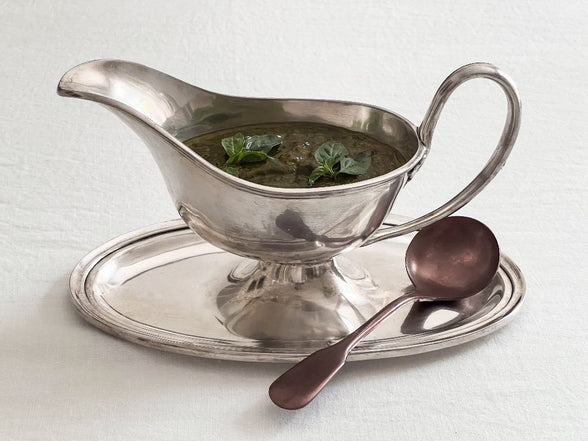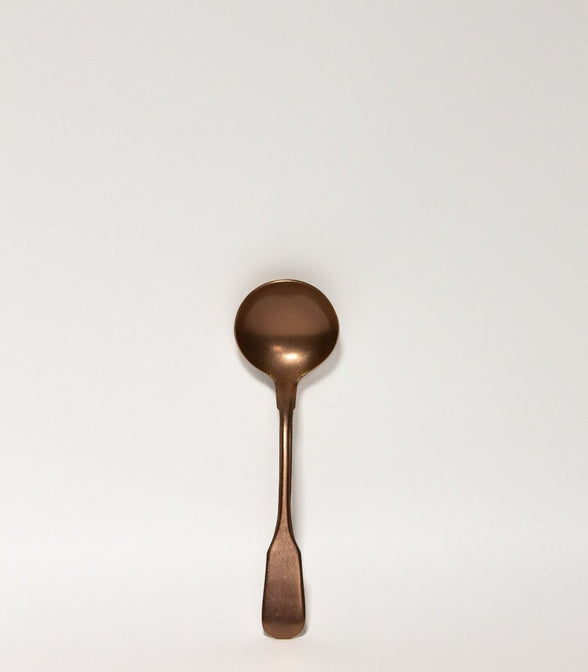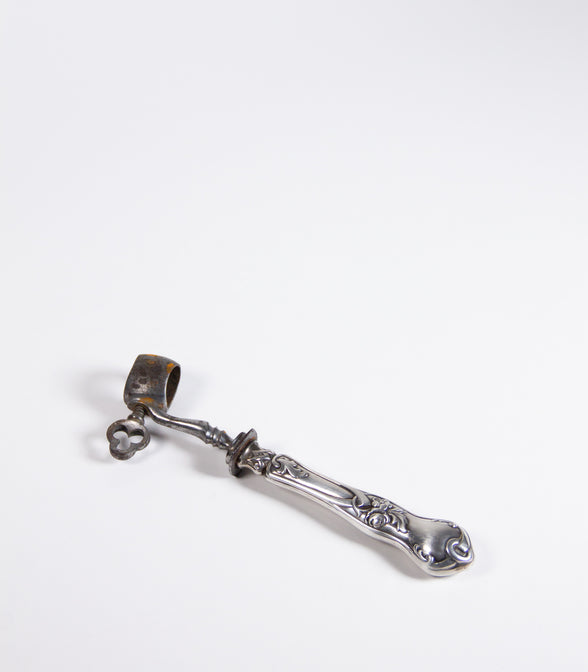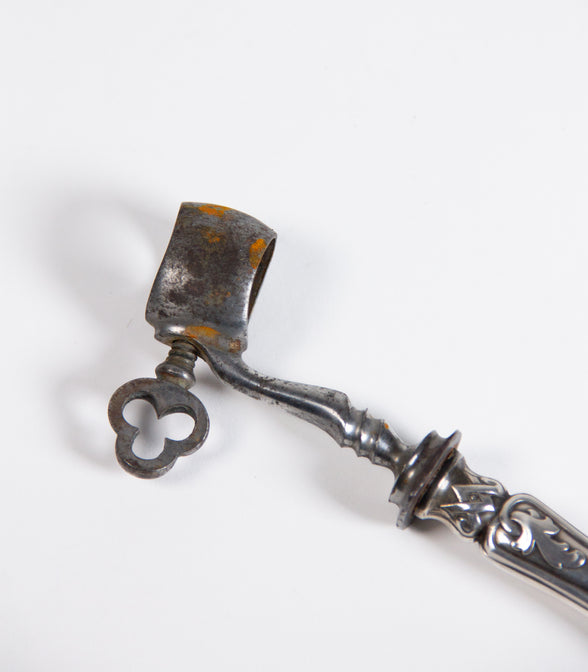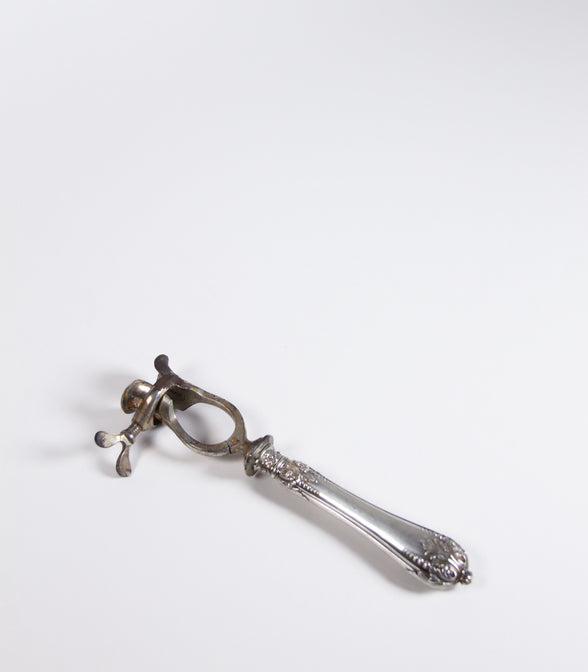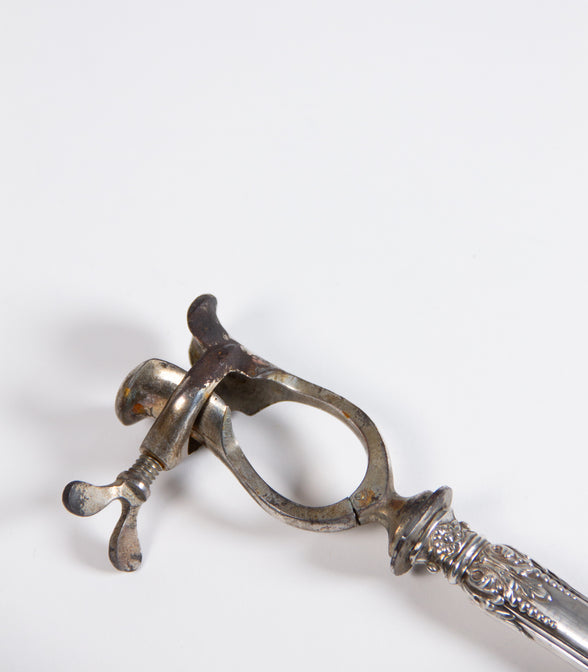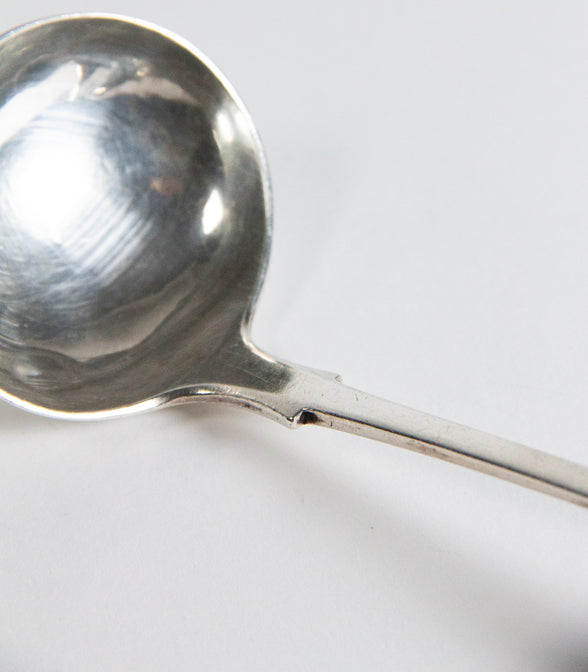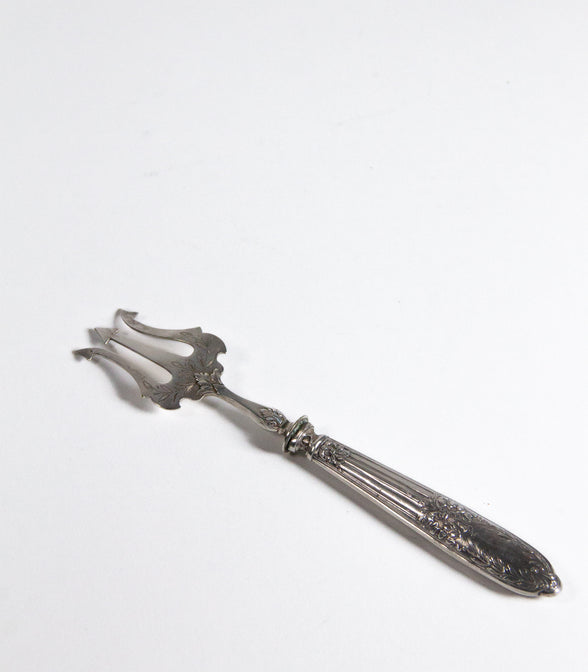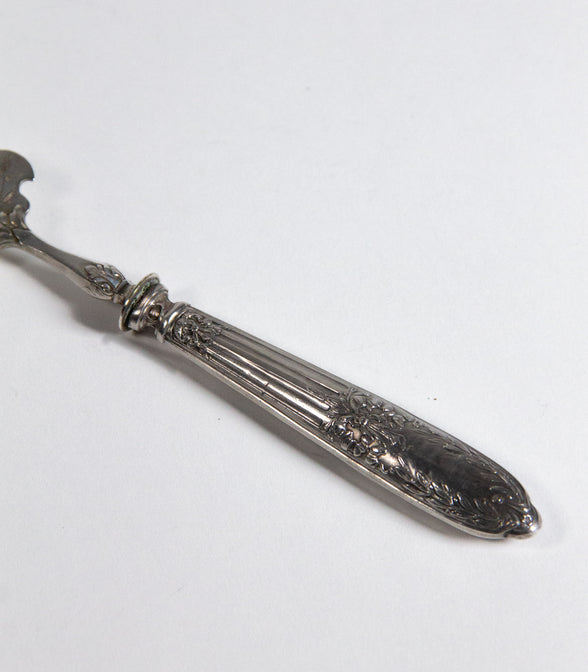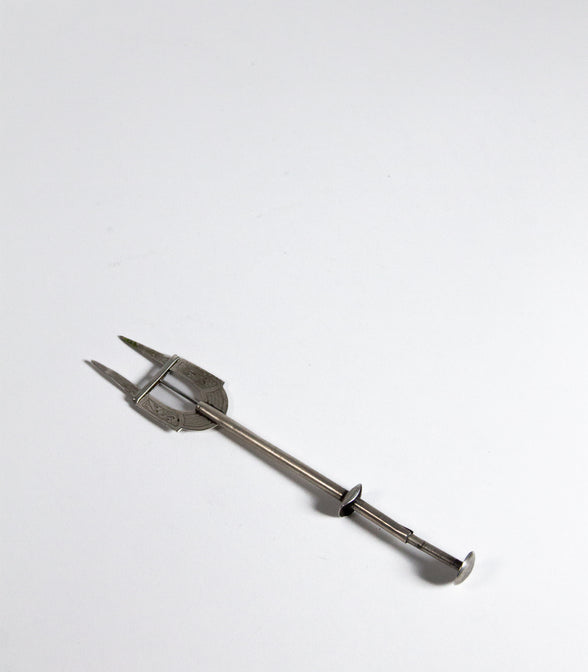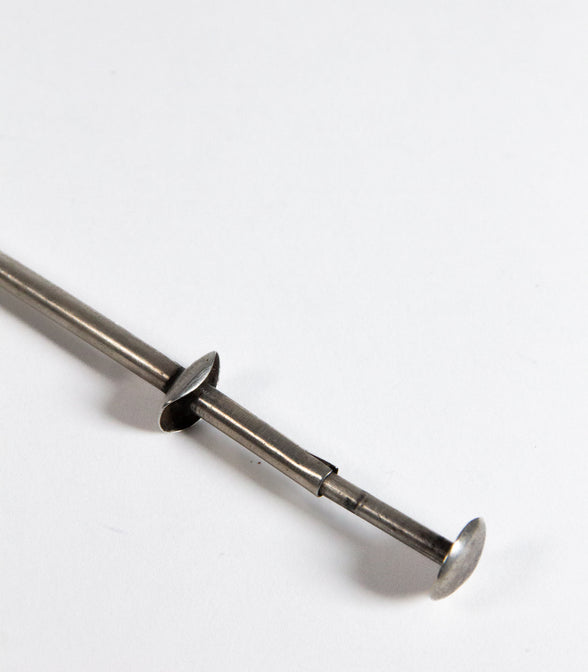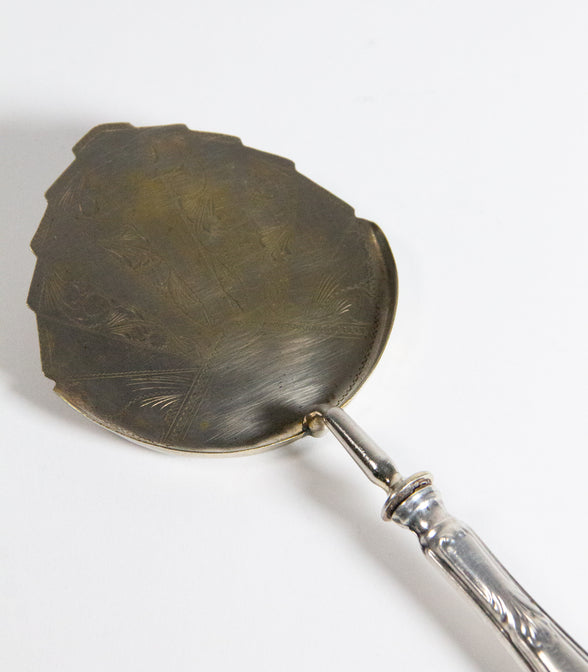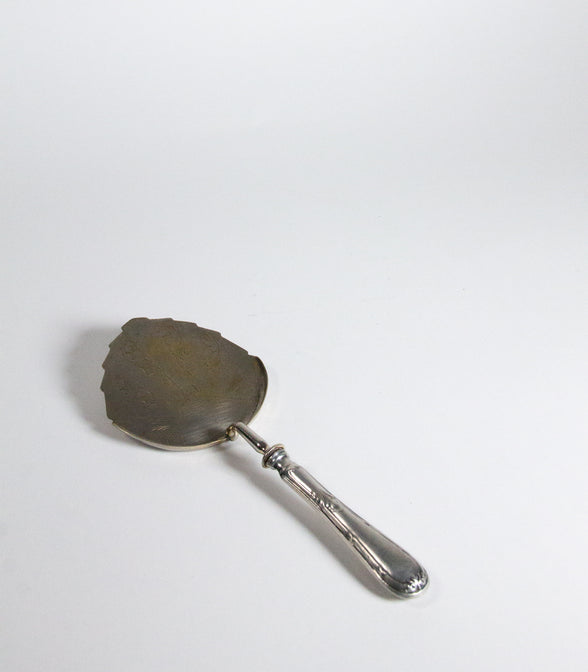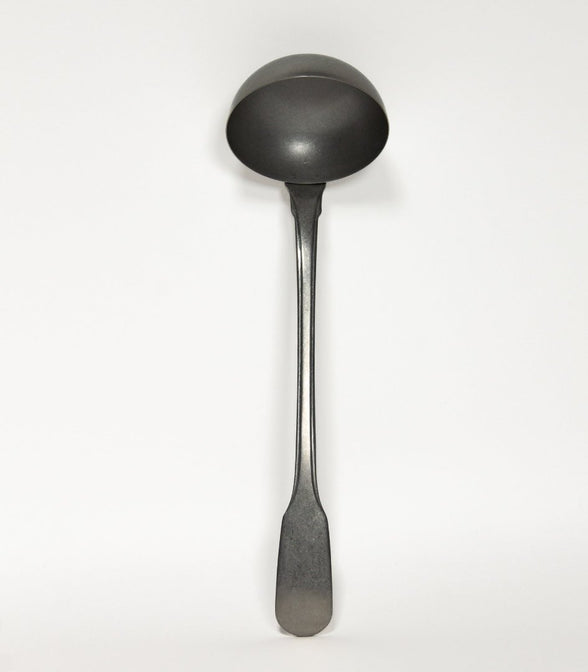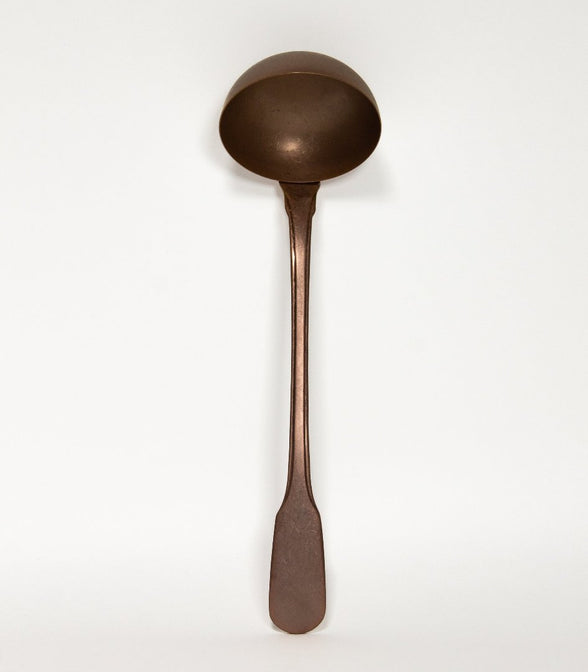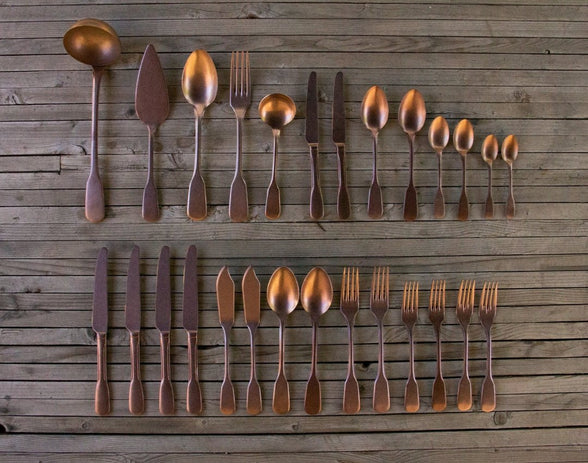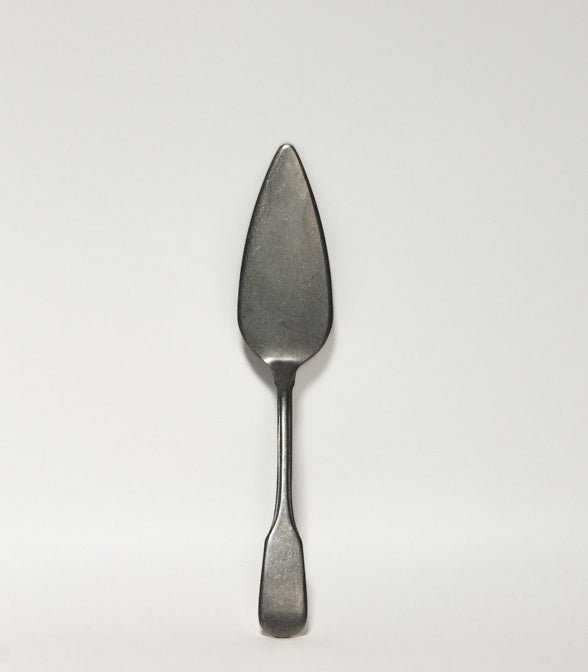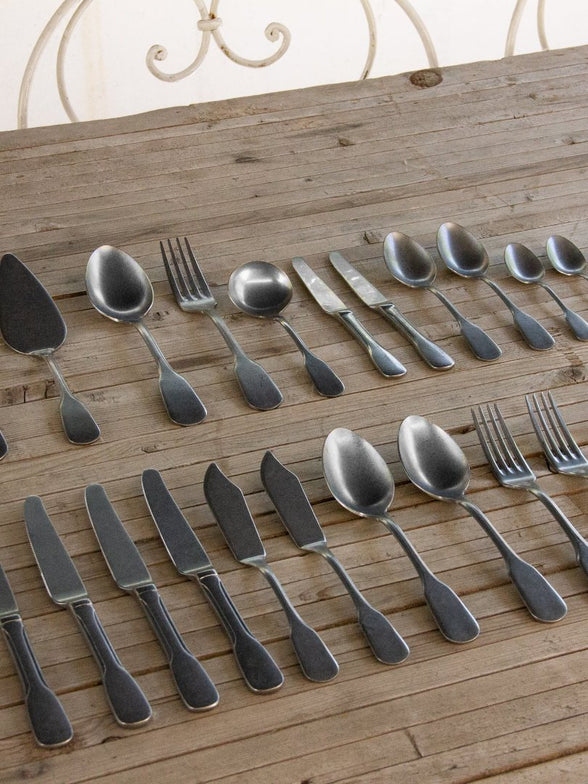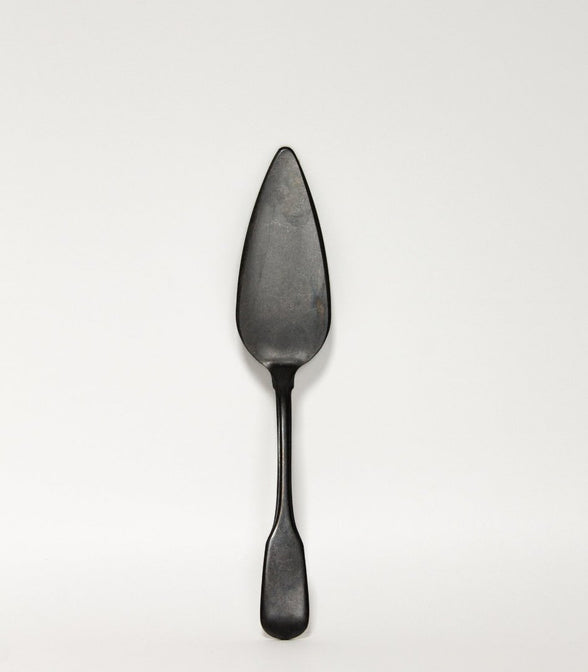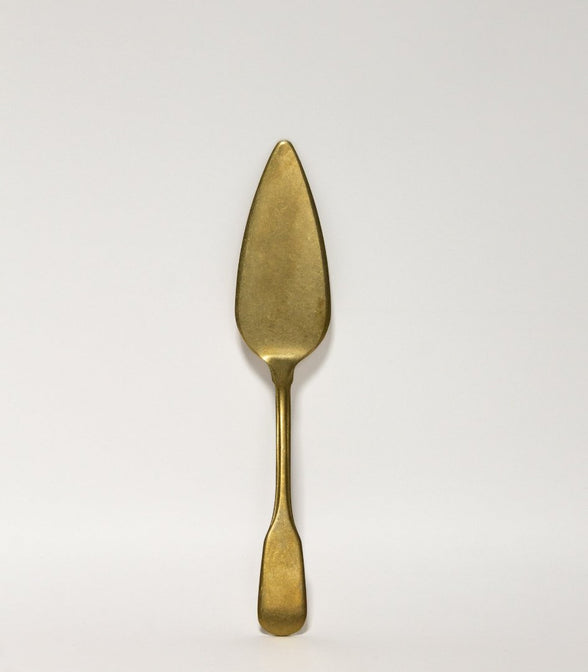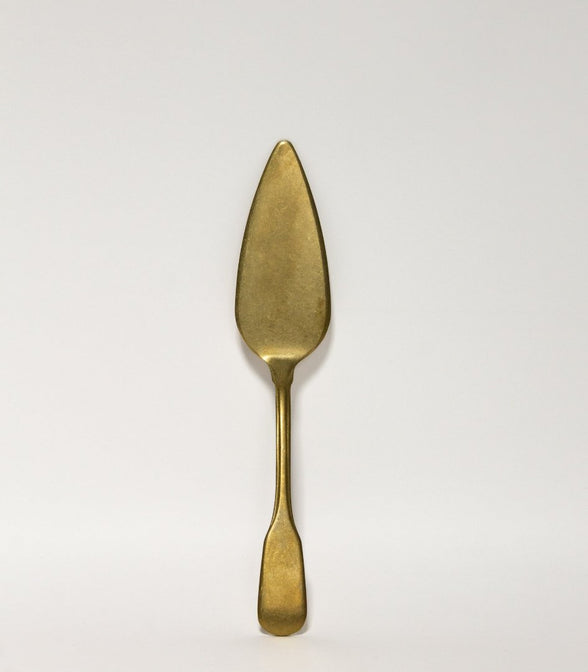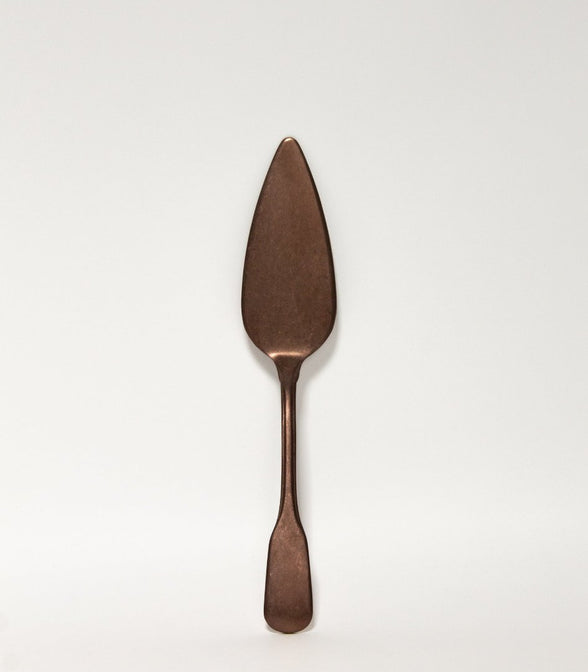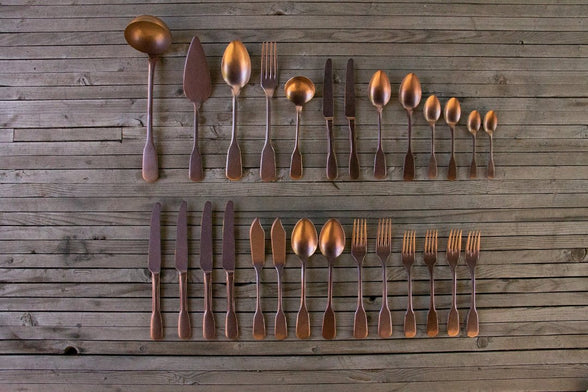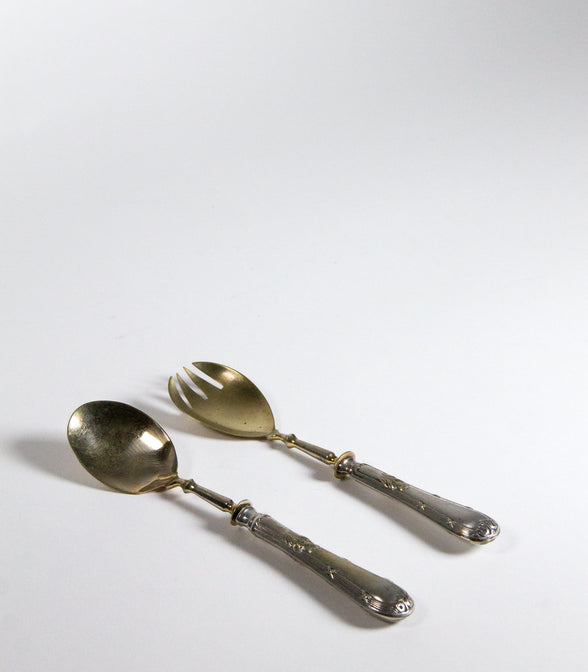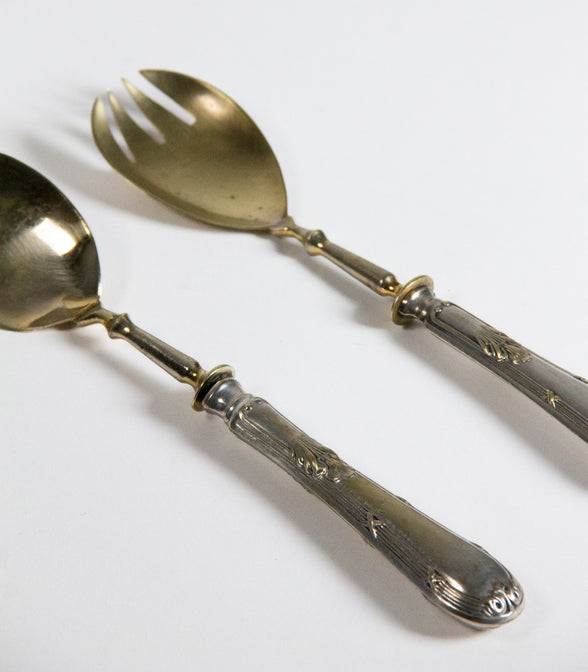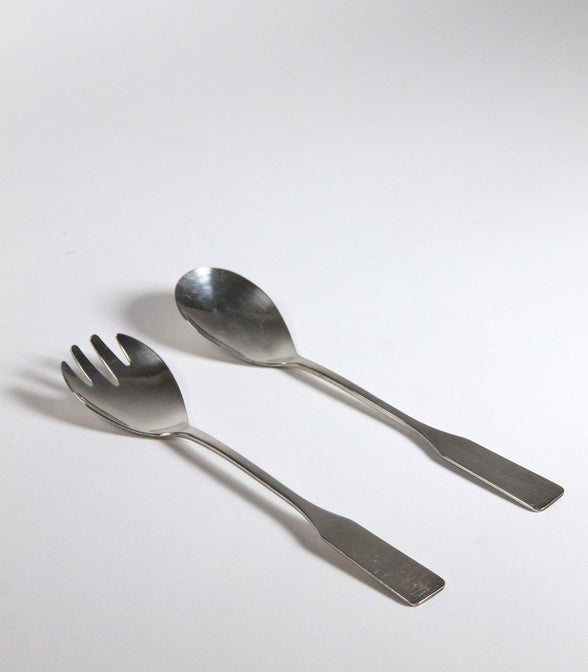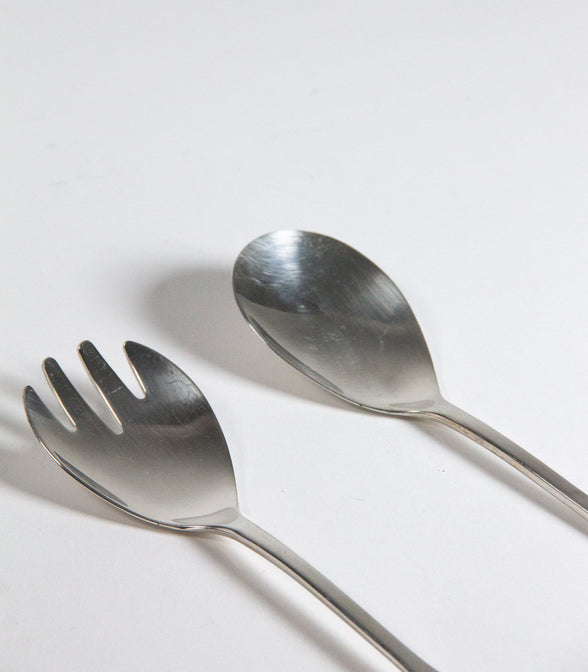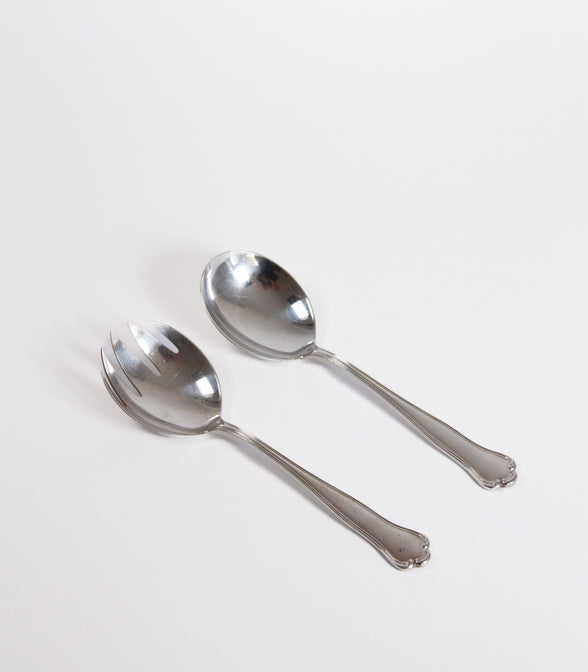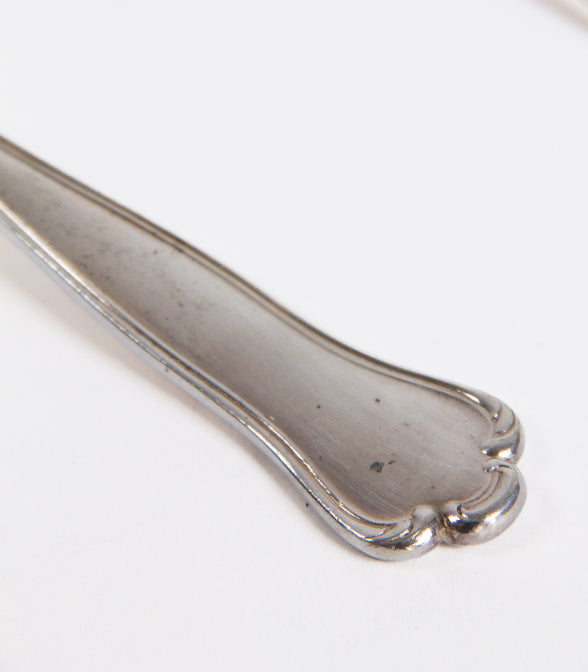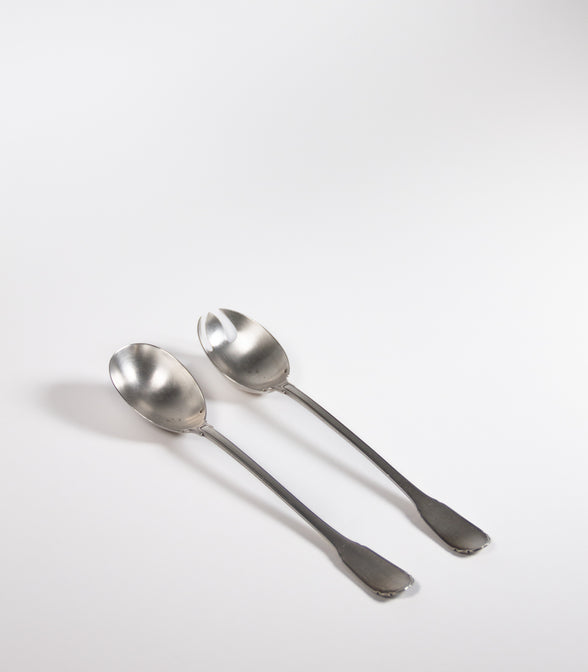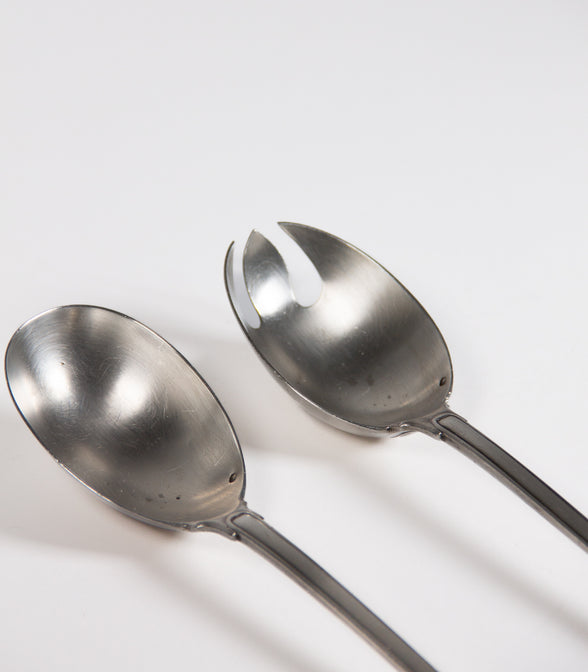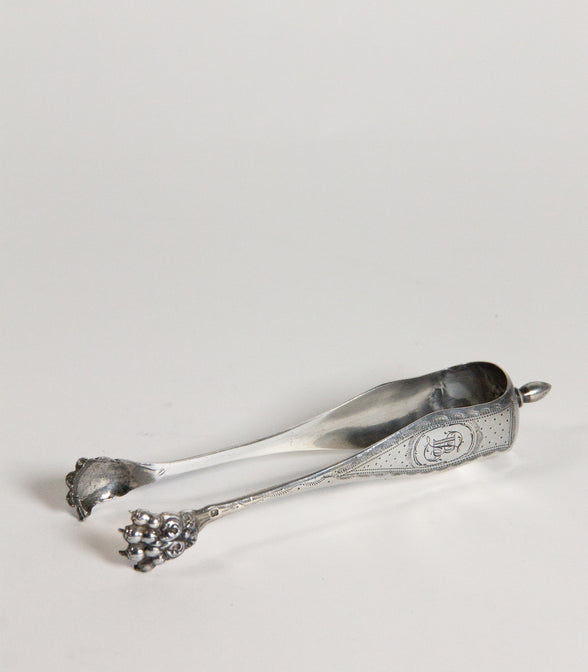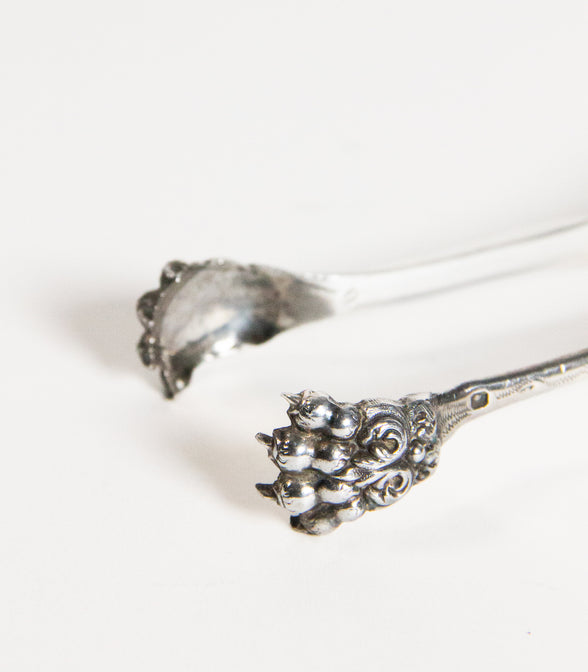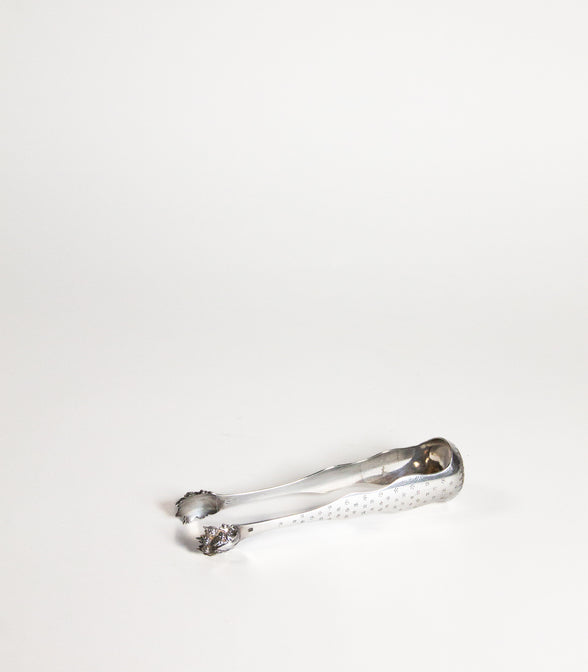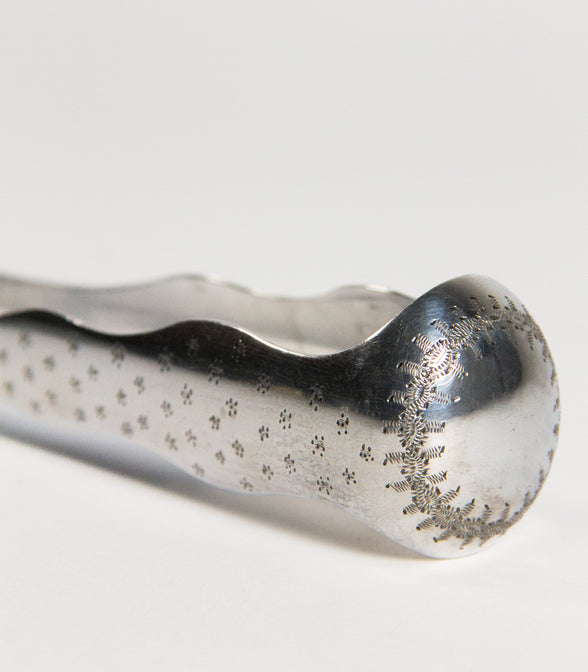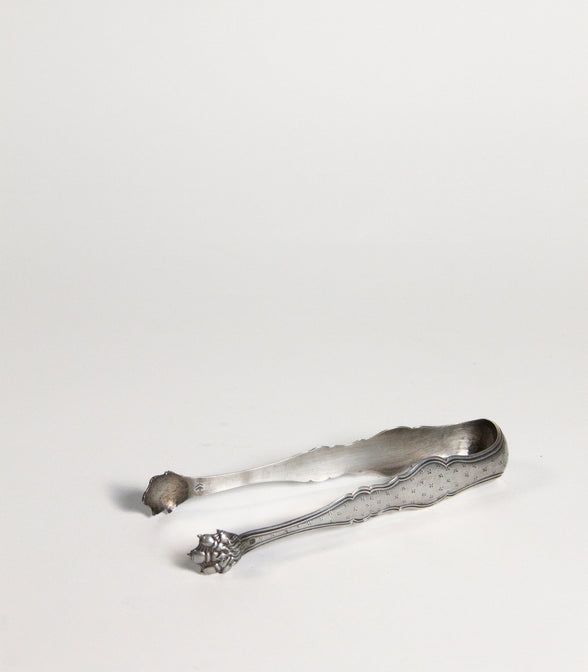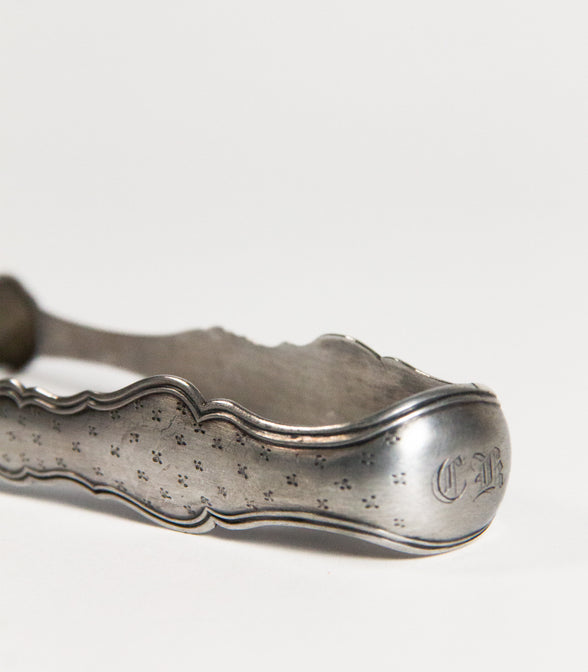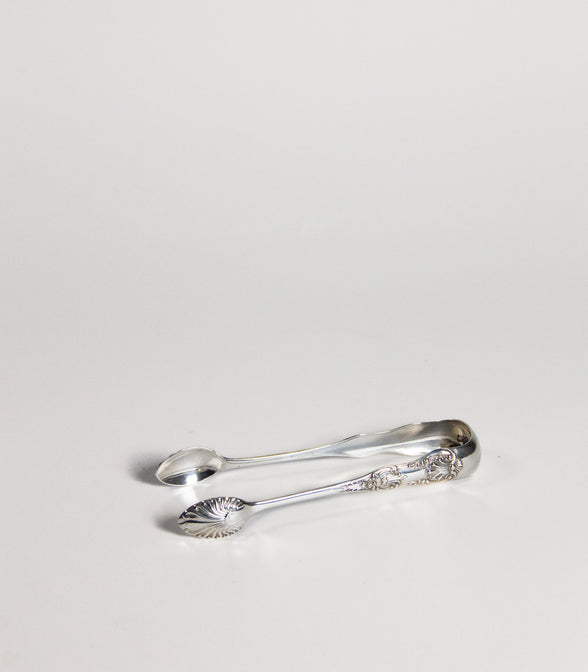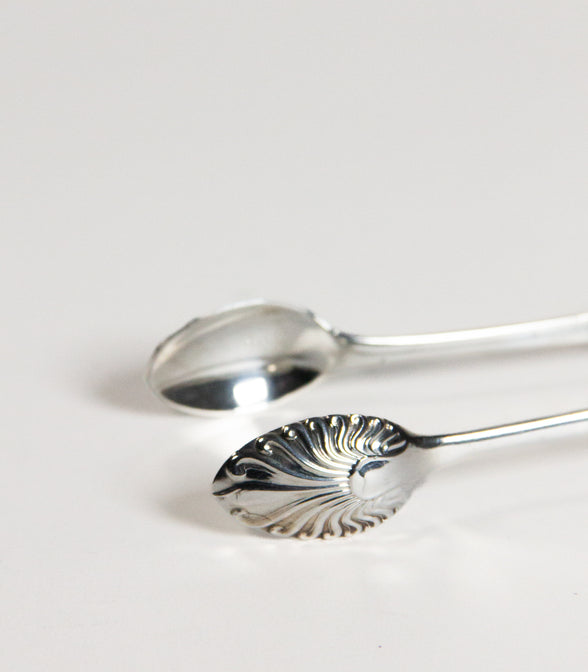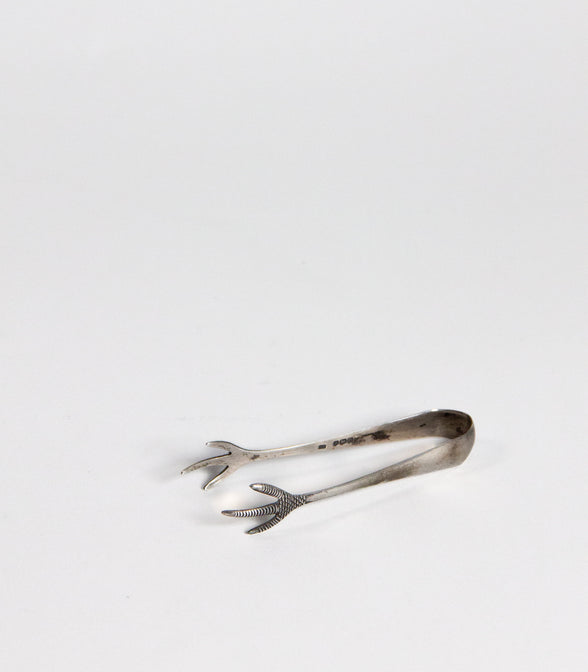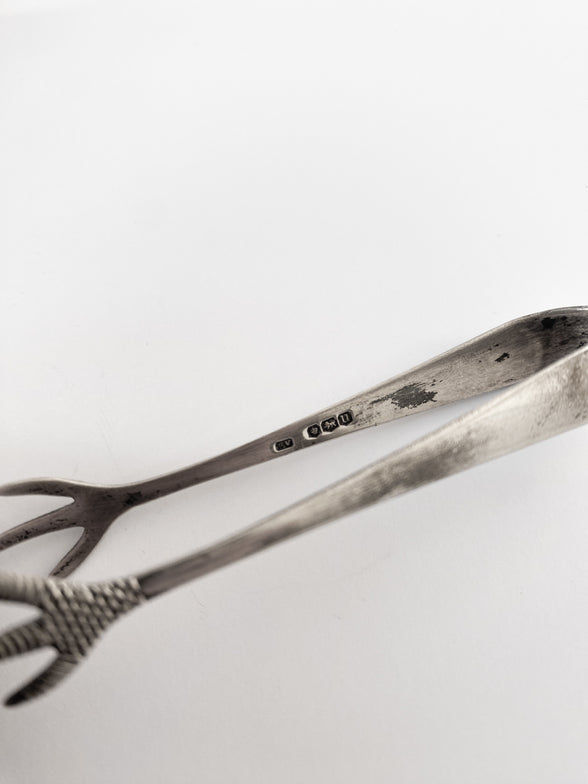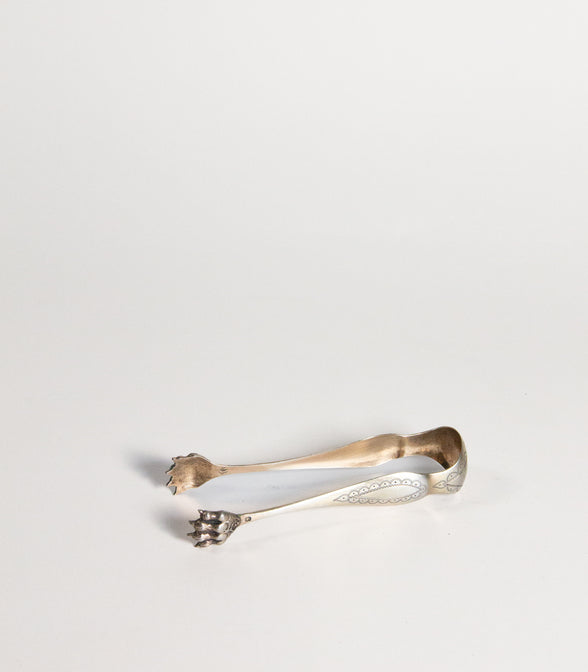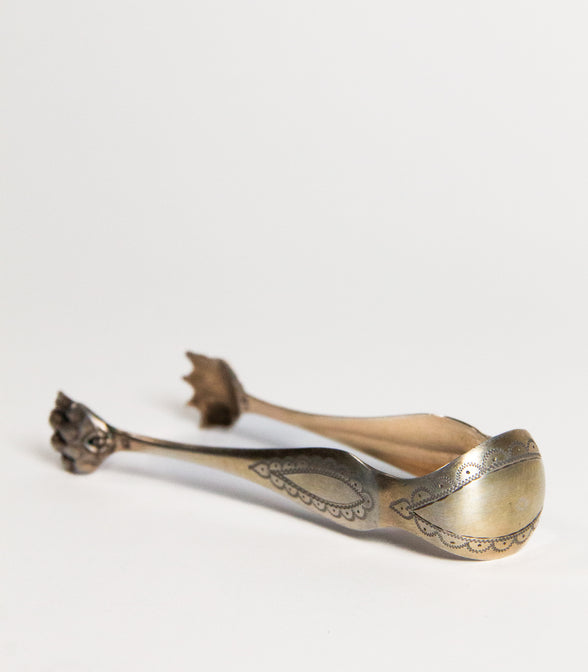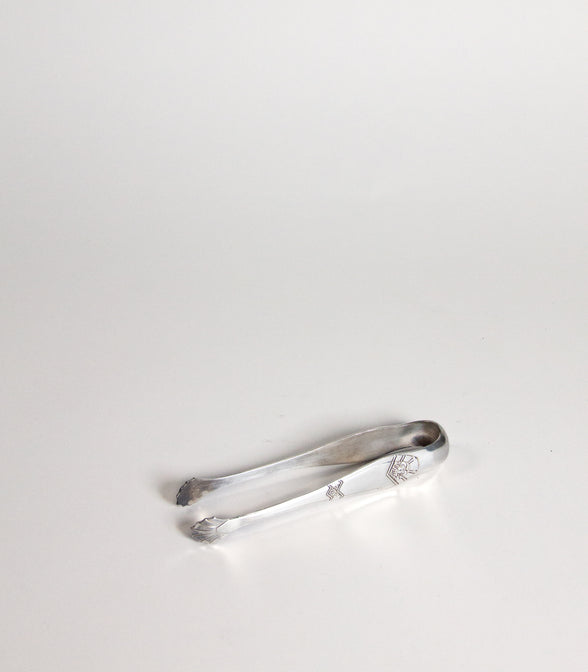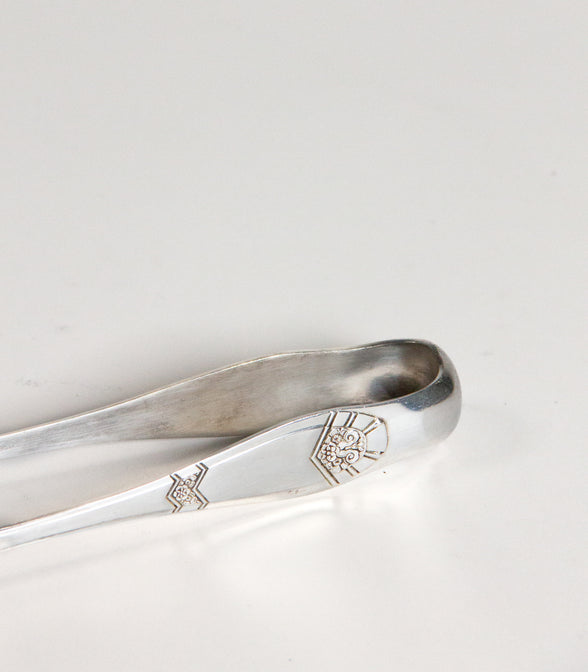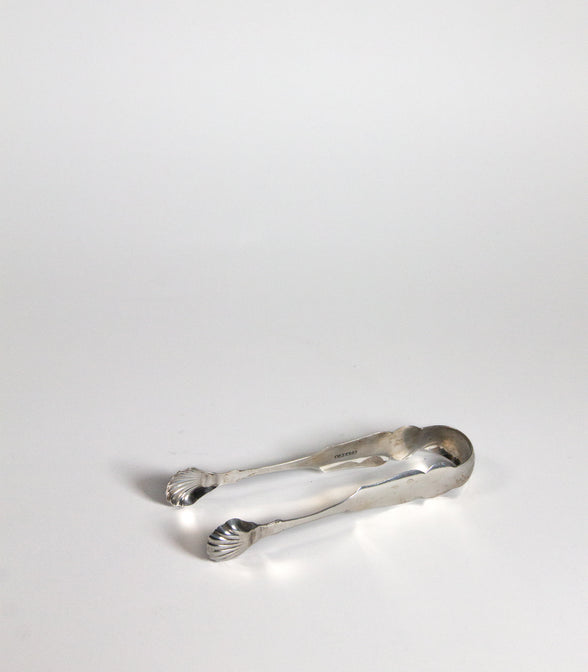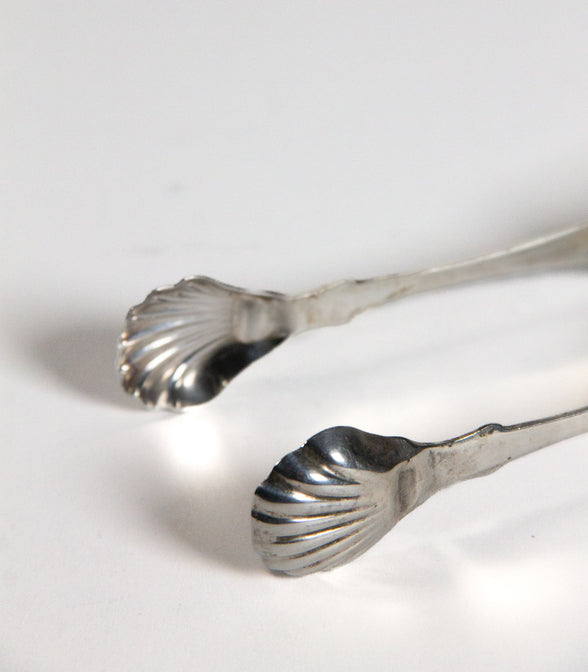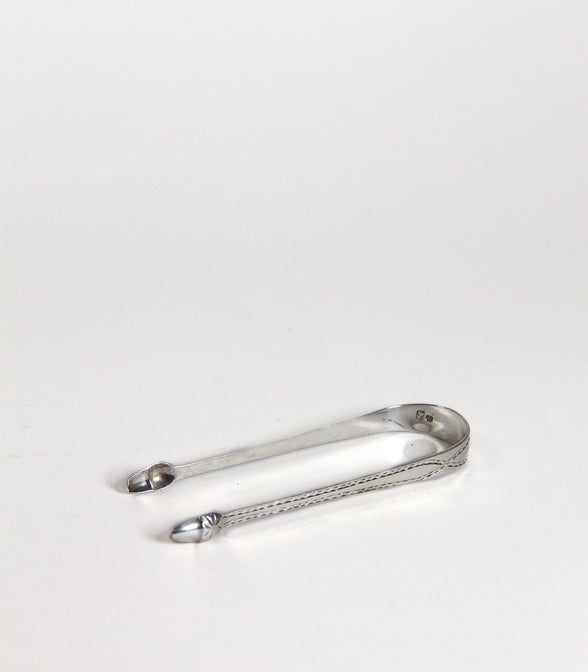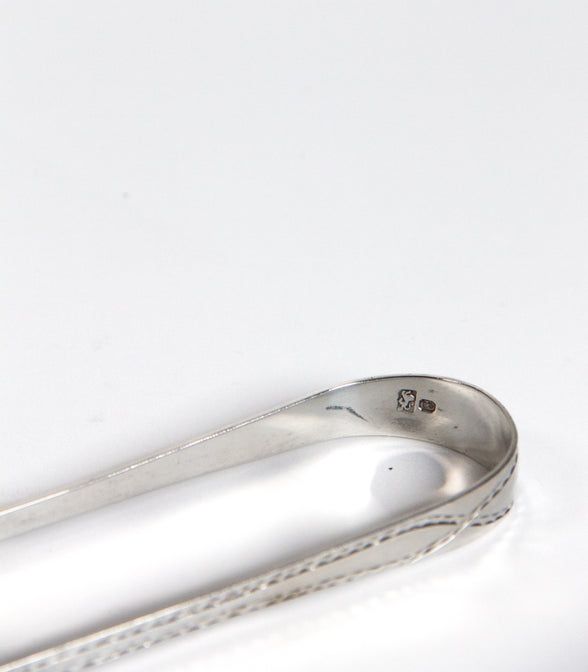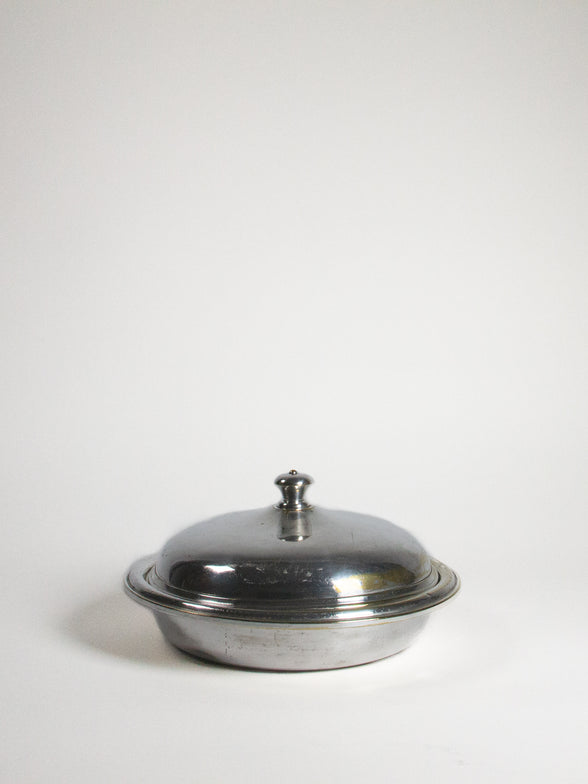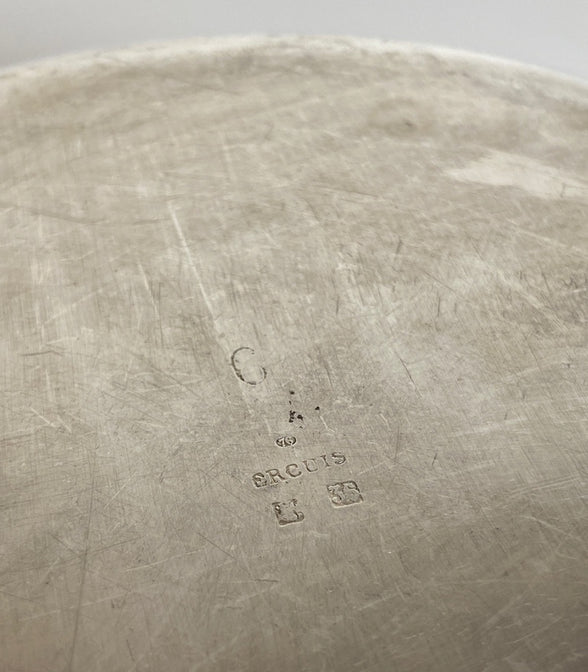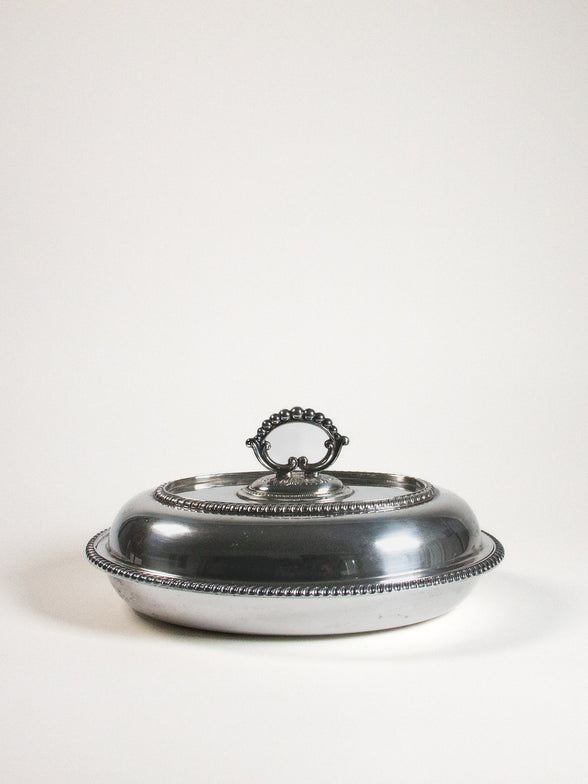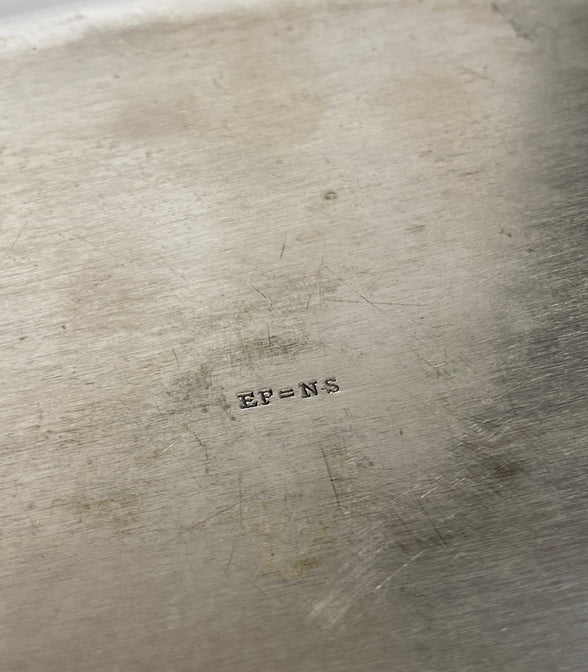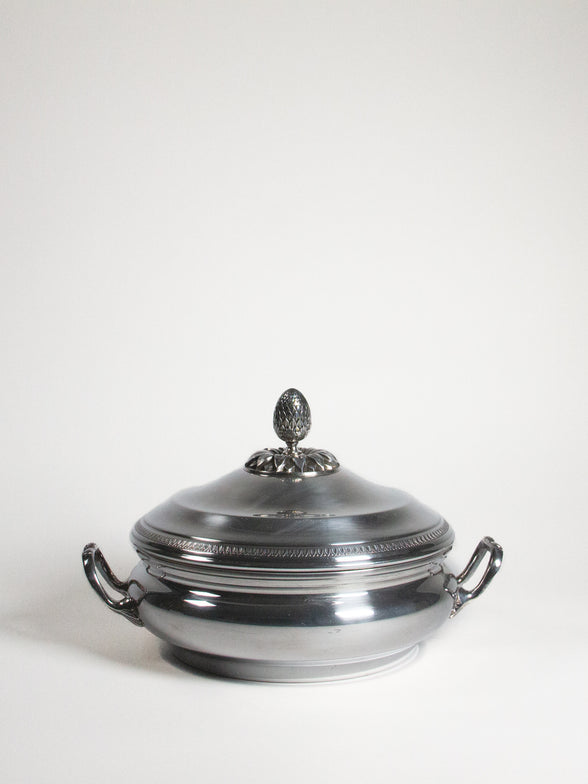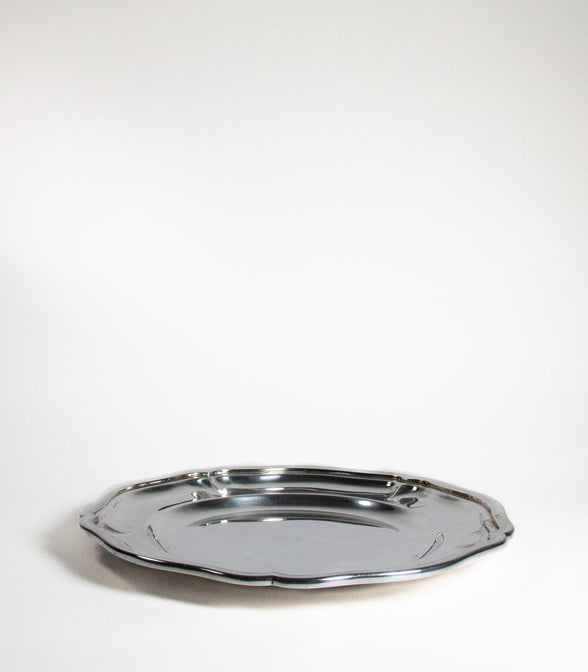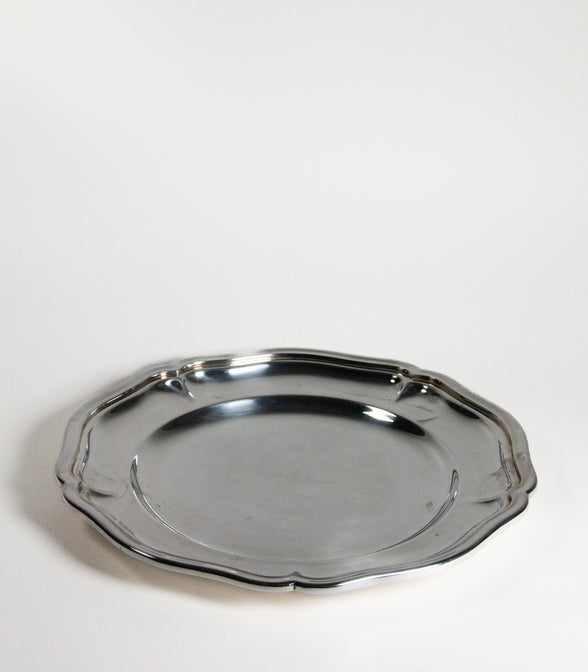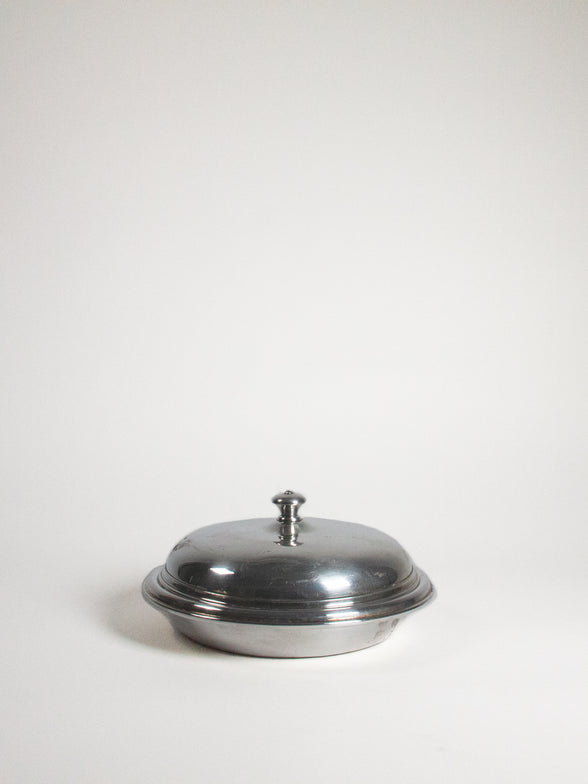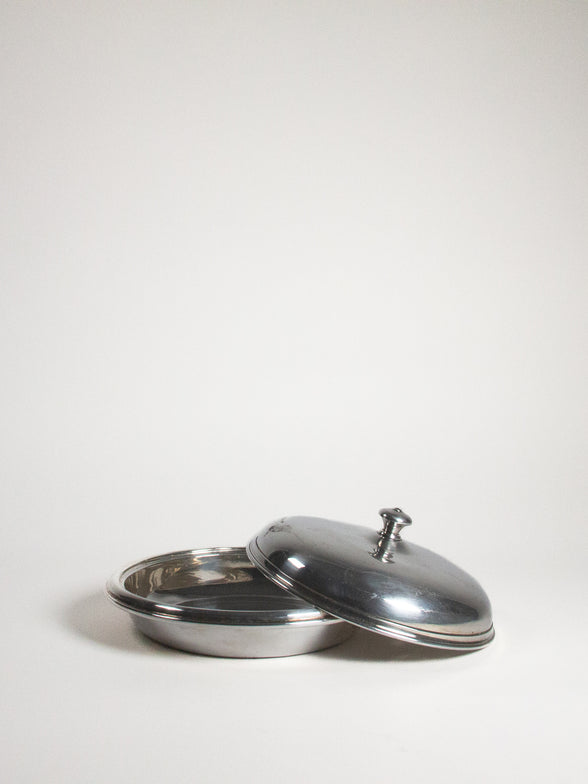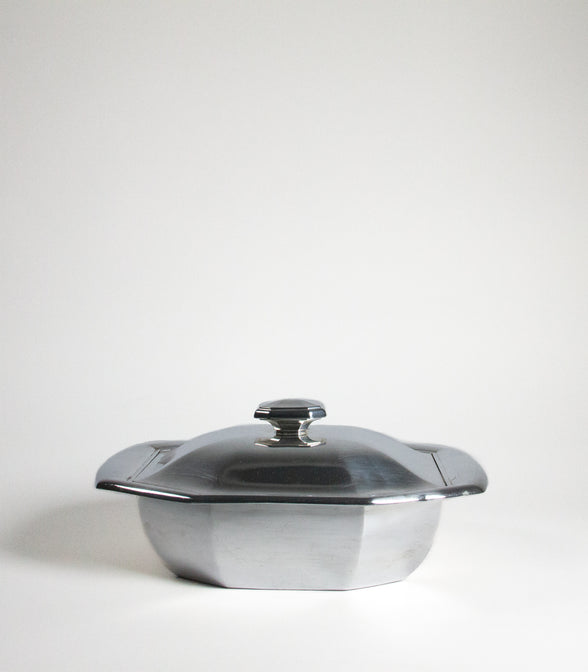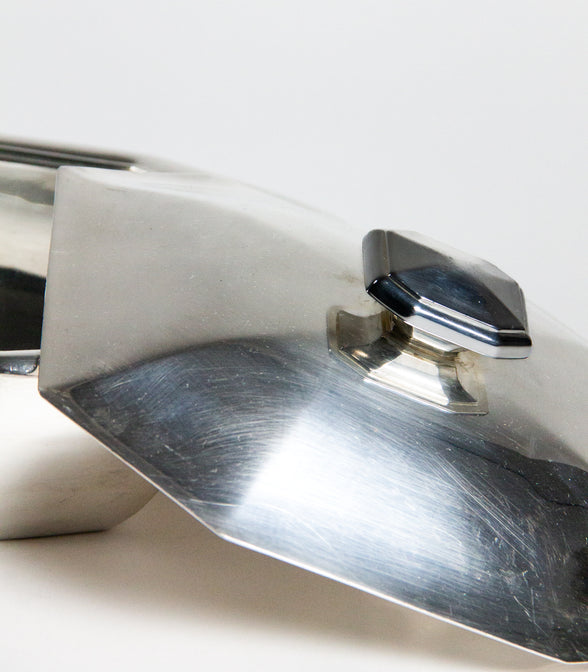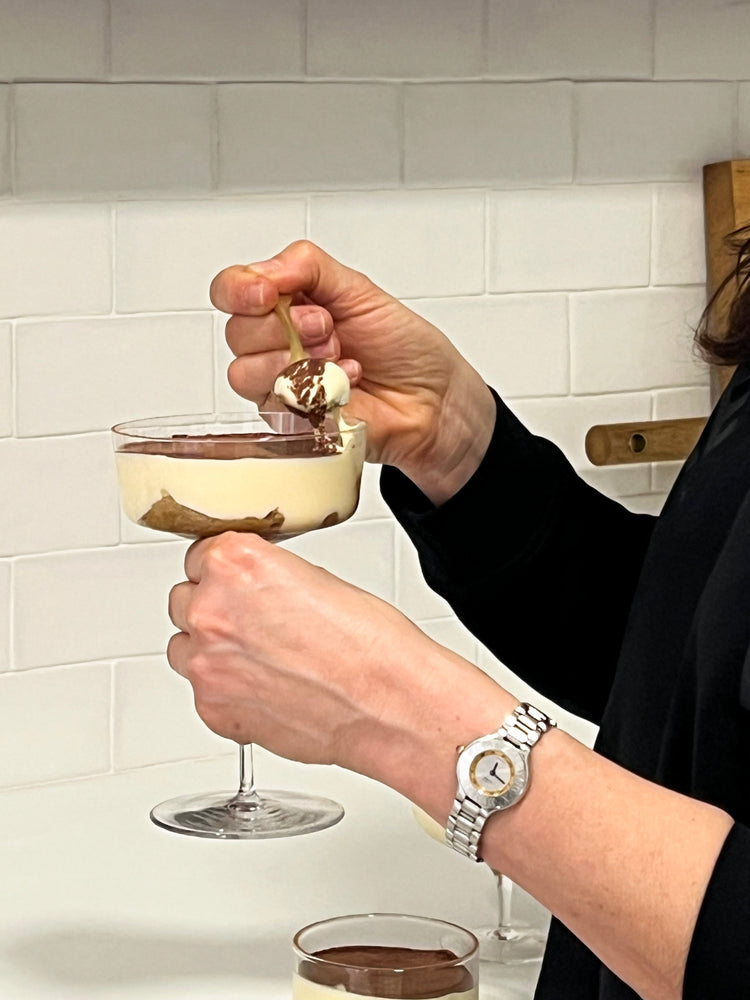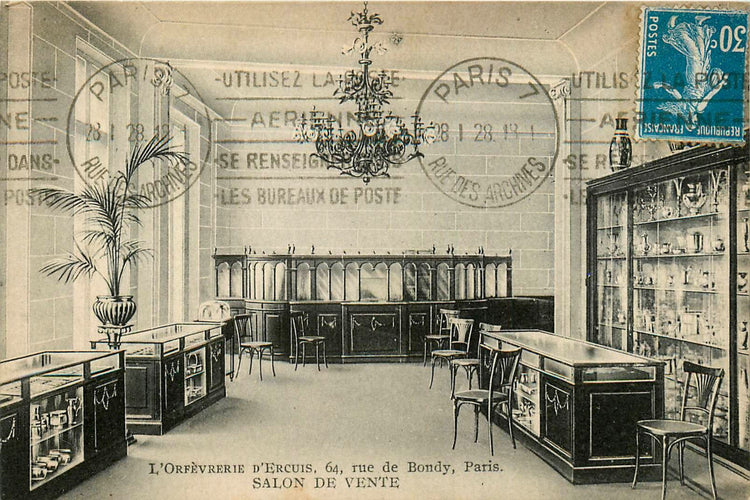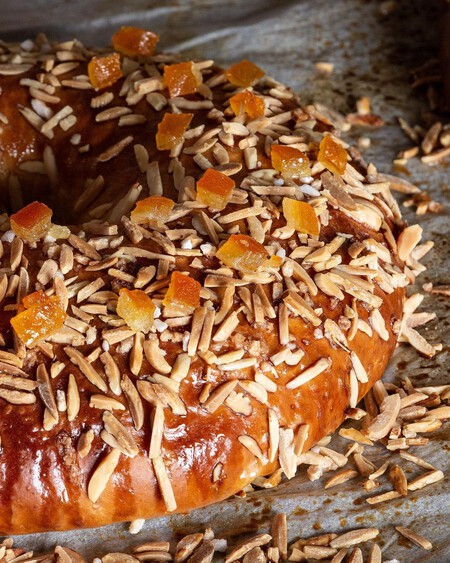The art of serving the table
The French, English, Russian and American service.
During the reign of Isabella the Catholic, men and women began to share the same table to eat. From this moment on, a great interest in etiquette and protocol was born, and "good manners" became very important.
It was Catherine de Medici in 16th century France who introduced the use of "cutlery" at the table, referring to the set of knife, fork and spoon. Until then, only the use of the knife was common.
In 1642, his son Henry III drew up the first set of rules to be followed at table, such as the use of different types of plates and cutlery.
From then on, the art of setting the table evolved over the years, and different ways of serving the table emerged in different parts of the world.
Today, four types of table service can be distinguished: French, English, Russian and American.

French table service during an episode of the British series Downton Abbey
FRENCH-STYLE SERVICE
At the end of the 18th century, during the French Revolution, the nobility's cooks had to give up their jobs and decided to open their own restaurants, serving the table in a more sophisticated and elegant way, with a more personalised service. This is how French table service was born and, over the years, it became an emblem of French gastronomy.
The process:
The waiter stands to the left of the diner, presents the serving platter and cutlery, and the diner serves himself on his plate.
The first to be served are the guests, starting with the women and ending with the hosts, who face each other in the centre of the table. This service is slower because the diners are part of the process.

French table service during an episode of the British series Downton Abbey
Arrangement of the table
Two plates are placed: a plain plate as a base and a salad plate on top of it.
The cutlery is arranged from the outside in, in the order of the meal, four centimetres apart, the forks to the left of the plate and the knives to the right of it. On the left side, first the fish fork and then the meat fork, and on the right side, following the same order, the soup spoon, fish knife and meat knife are placed. The dessert cutlery, fork and spoon, are placed on top of the plates, the fork with the tines facing to the right and the spoon facing the opposite side. The forks are placed with the tines facing downwards, the spoons with the tines facing upwards and the knives with the blades facing the plate.
The napkin is placed to the left of the last fork. The bread plate is placed in front of the forks, with a butter knife on it.
The glasses are placed in the order of the meal, from left to right, the water glass, the red wine glass, the white wine glass, and the champagne glass.
ENGLISH SERVICE
English-style service emerged in the 15th century during the reign of Henry VII of England. The tables of the English nobility used to be very crowded, with up to nine glasses and a large number of dishes, cutlery, shovels and tongs. This new service freed up space on the table, as it was the servant who presented and served the dishes.
Process
The waiter stands to the left of the diner, holds the platter in his left hand and uses his right hand to serve. He does this with a spoon and fork, a shovel or tongs and serves the same amount to all the guests. The main course is served in the centre of the plate, the garnish is served on the sides and the sauces are placed to the left or behind the main course. The waiter removes the plates from the right side.
The first to be served are the hosts or the guest of honour, placed at the head of the table. The waiter then serves to the left in a clockwise direction.

Trainee waiters during a class at the London Waiters' School in 1934
Table arrangement
A flat plate is placed as a base and an appetizer plate is placed on top.
As for the cutlery, it is placed from the outside to the inside, in the order of the meal. Three different types of cutlery are used, all four centimetres apart. For the starter course, spoon, fork and table knife; for the main course, fork and meat or fish knife; and for dessert, fork and dessert spoon. Forks are placed with the point upwards, spoons with the concave side downwards and knives with the blade facing the plate.
The napkin is placed to the left of the last fork. The bread plate is placed in front of the forks, with a butter knife on it.
The glasses are arranged diagonally. The glass of water is placed above the knife and slightly away from the guest, and the glass of red wine on the spoon, slightly closer to the guest than the glass of water. The white wine glass is placed to the right and a little lower than the red wine glass.
RUSSIAN-STYLE SERVICE
There are different versions of the origin of the Russian service.
Some say that it was during the reign of Louis XIV, when he had a servant called Gueridon, who, because of his short stature, would hold the tray standing until he had finished serving the cakes.
Other theories tell that at the beginning of the 19th century, Prince Alexander Kurakin ordered the dishes to be prepared in front of the table where he ate.
Nowadays, the side table where the cook carves, cuts, slices, chops, dices, cuts up or flambées the food and finishes cooking the dishes so that they can be served freshly cooked is known as a gueridon. The gueridon is placed on one side of the table and does not move during preparation.
Process
After the dish has been prepared, the cook serves each dish one by one in the gueridon and the waiter takes it to each diner, starting with the most important guest and then in sequential order, with the host being the last to be served.
At tables with a large number of diners, the cook serves the base dish in the gueridon and the accompaniments or salads are presented by the waiter and served by the diner himself.

Russian table service (Gueridon) during the preparation of "canard au sang" at the restaurant La Tour D'Argent in Paris
Table layout
A serving plate is placed on the table.
The cutlery is arranged from the outside to the inside, in the order of the meal, forks to the left of the plate and knives to the right of the plate. First the appetizer fork, then the fish fork, then the meat fork; and on the right side soup spoon, fish knife and meat knife. The forks are placed with the tip facing downwards, the spoons with the concave side facing upwards and the knives with the blade facing the plate. Dessert cutlery is not placed on the table.
The napkin is placed on top of the serving plate. The bread plate is placed in front of the forks, with a butter knife to the right of it.
The glasses are arranged diagonally, as in the English style. The water glass is placed above the knife and slightly away from the guest, and the red wine glass is placed on the spoon, slightly closer to the guest than the water glass. The white wine glass is to the right and a little lower than the red wine glass.
AMERICAN TABLE STYLE
It is inspired by French table service, with a number of modifications introduced by the French chef Auguste Escoffier. Escoffier was a pioneer in incorporating the à la carte menu, which allowed dishes to be prepared quickly, while maintaining an equally elegant service, although faster and more practical.
Process
This style combines different characteristics of the previous ones.
The dishes are prepared and plated in the kitchen, and the waiter serves them directly to each diner from the right-hand side.
English service is used for serving soup or cream dishes, whereby the waiter holds the dish with his left hand and serves the diners with his right hand. For salads or starters, French service is used, so that the waiter presents them and each diner serves himself.

Arrangement of the table
A flat plate is placed as a base and an appetizer plate is placed on top of it.
As for the cutlery, only a fork, a knife and a spoon are initially placed for the starters. The cutlery required for the various subsequent courses is placed by the waiter before being brought to the table. The forks are placed with the fork tip facing upwards, the spoons with the fork tip facing downwards and the knives with the knife edge facing the plate.
The napkin is placed on top of the appetizer plate. The bread plate is placed in front of the forks, with a butter knife to the right of it.
The glasses are arranged diagonally, as in the English and Russian style. The water glass is placed above the knife and slightly away from the guest, and the red wine glass is placed on the spoon, slightly closer to the guest than the water glass. The white wine glass is placed to the right and a little lower than the red wine glass.
We share the desire to discover the origin of our traditions.
Elegance and quality in the art of setting the table.
